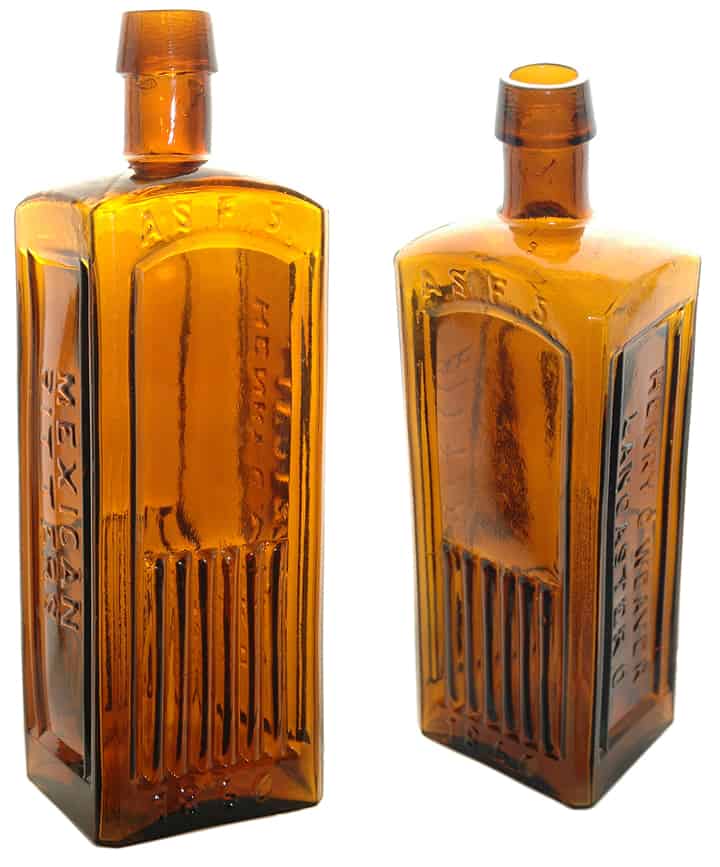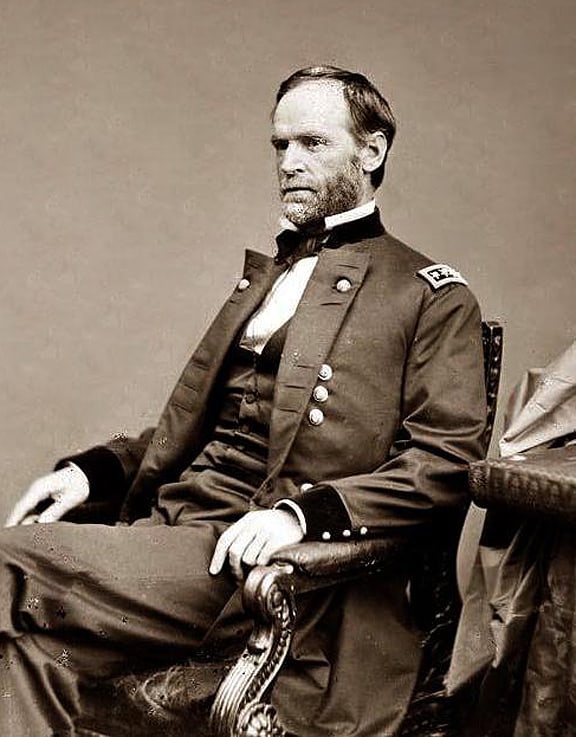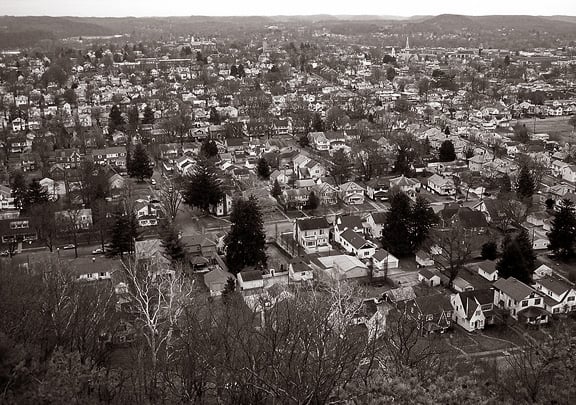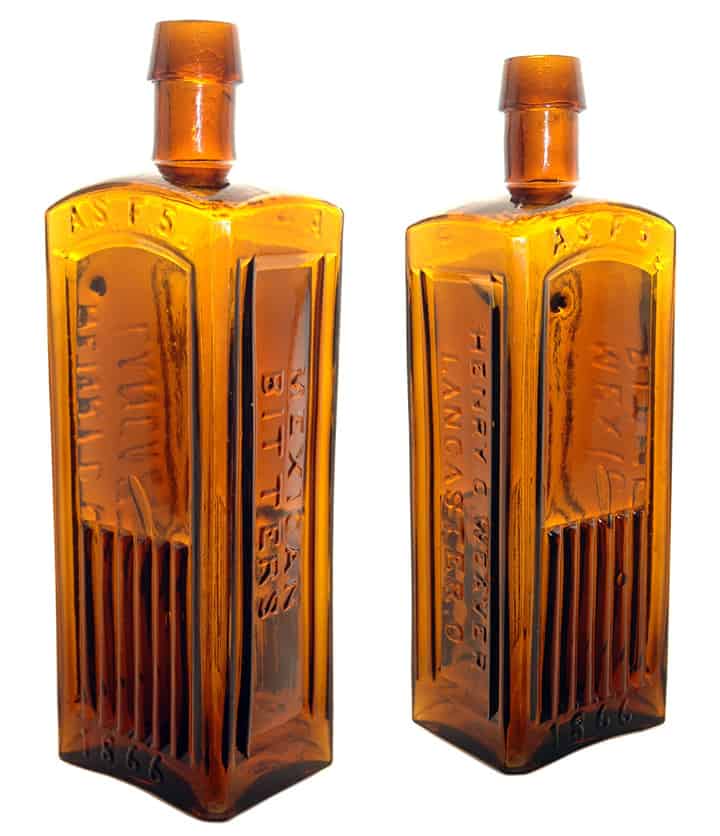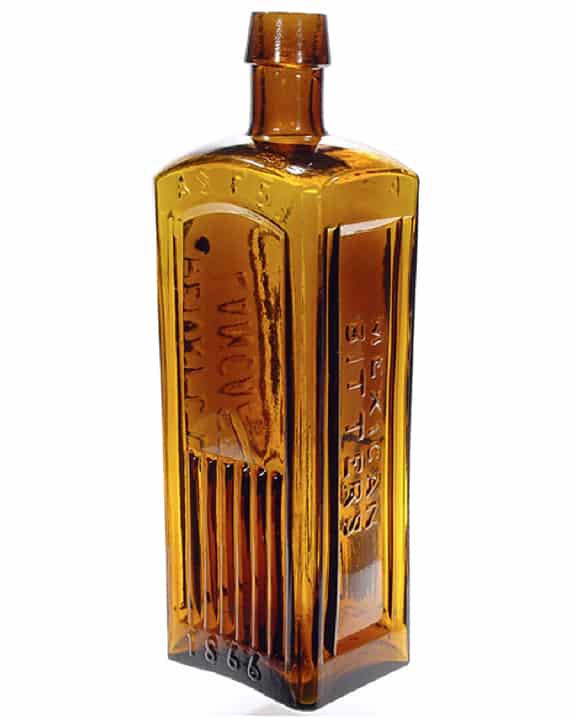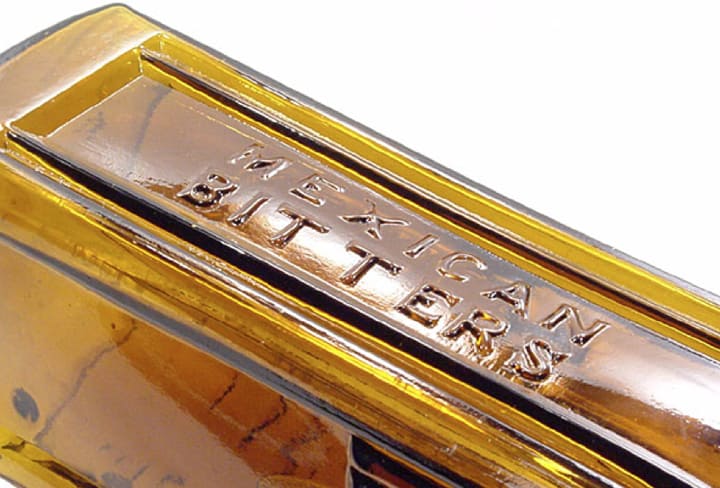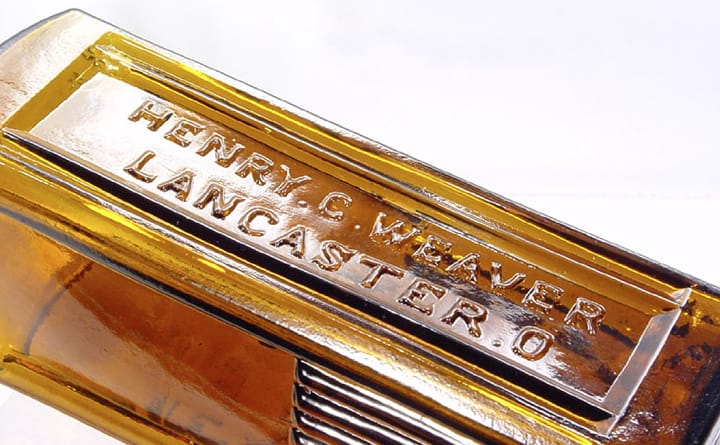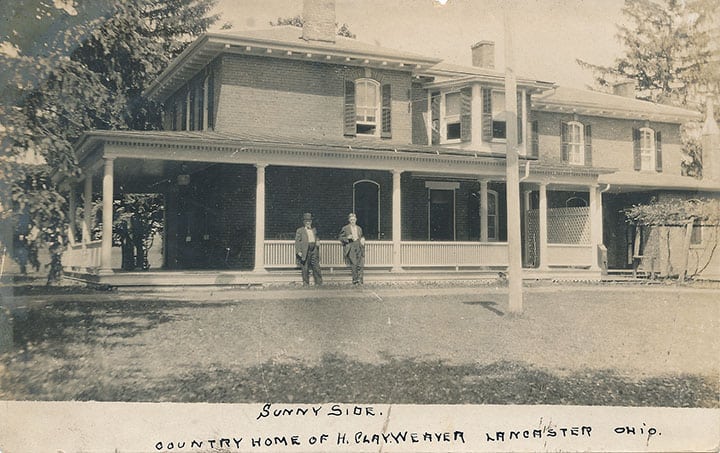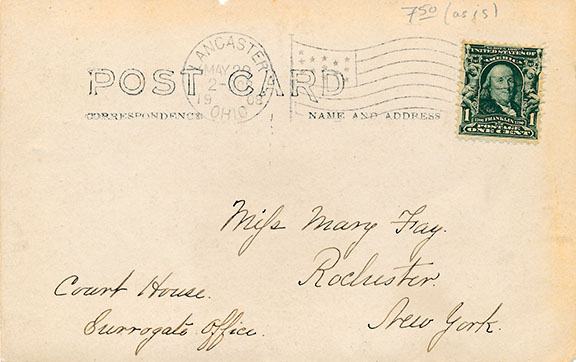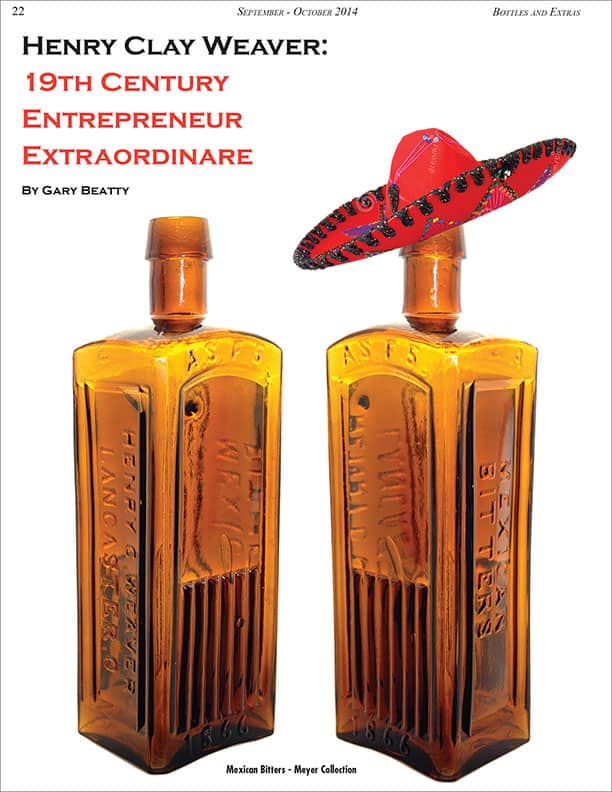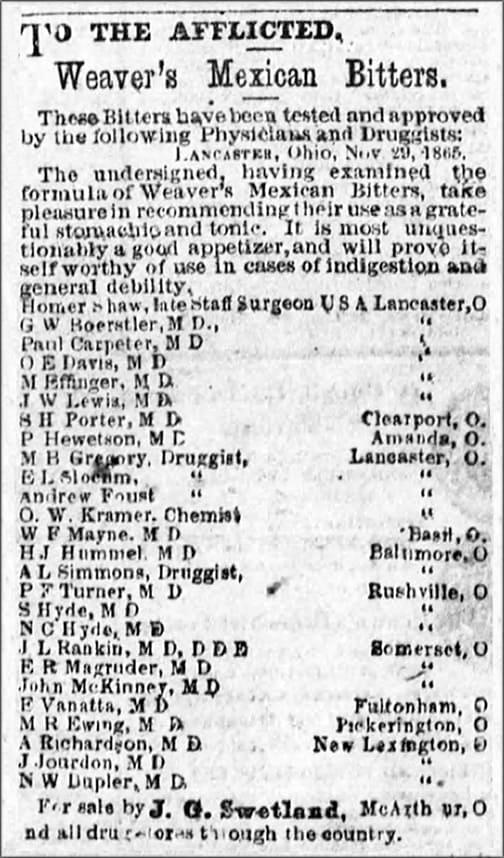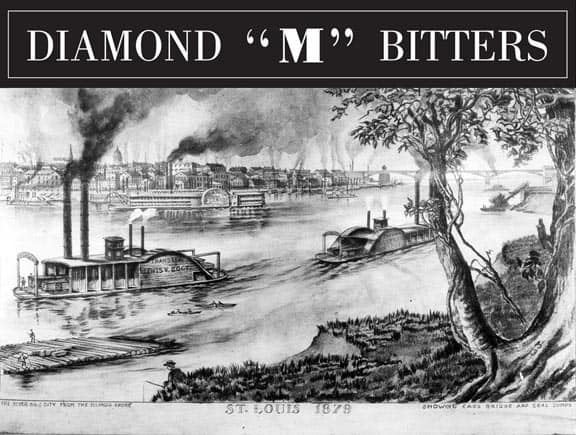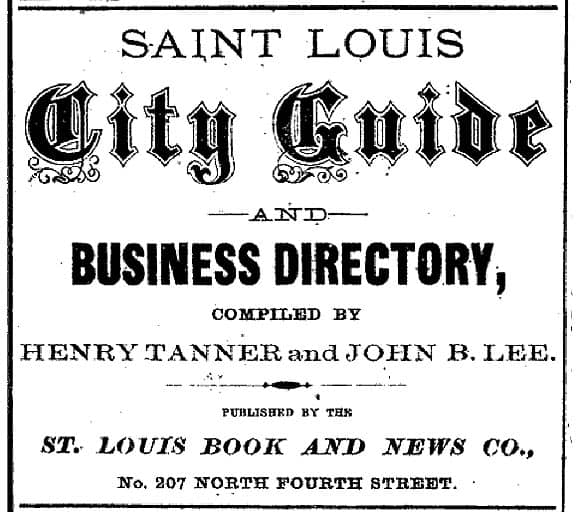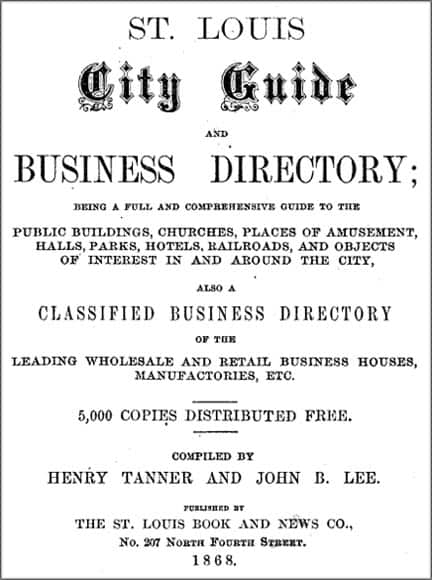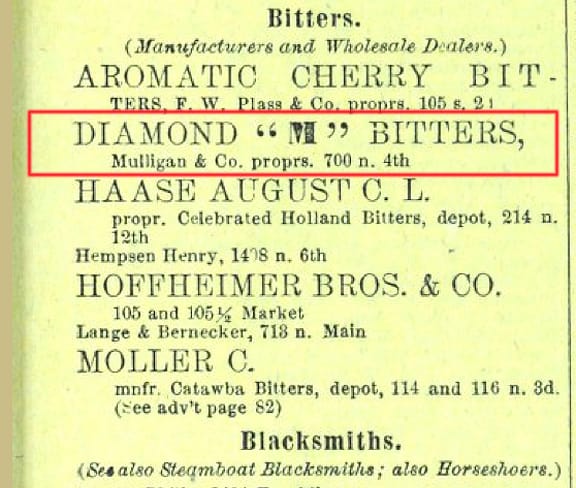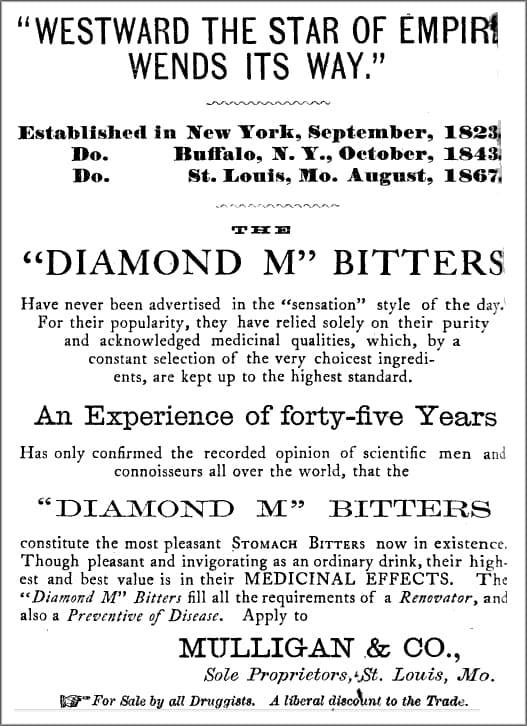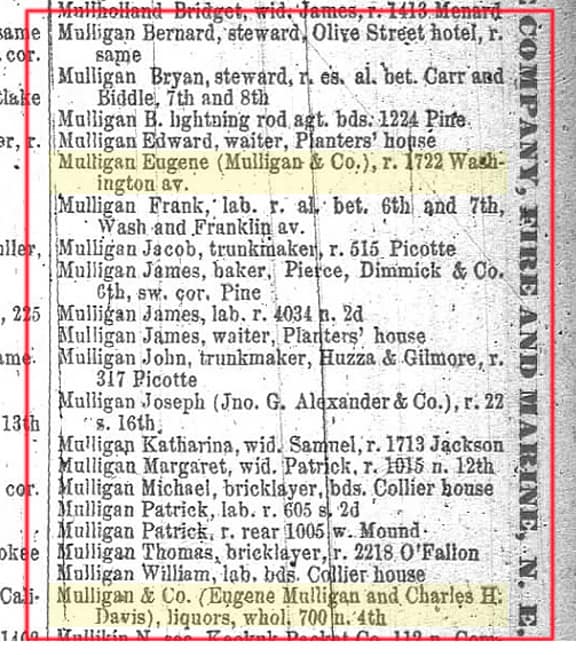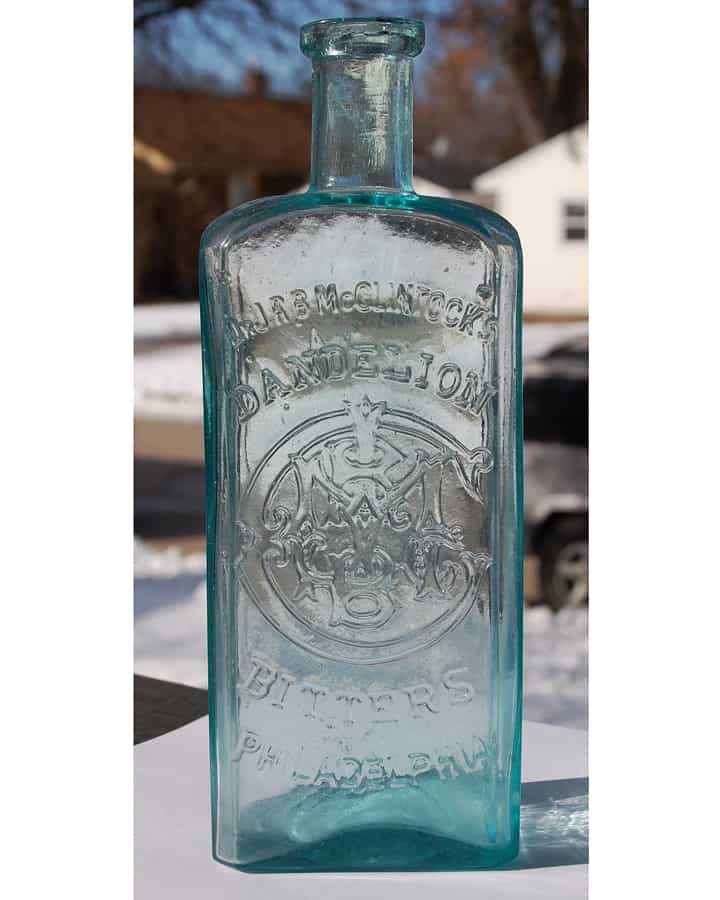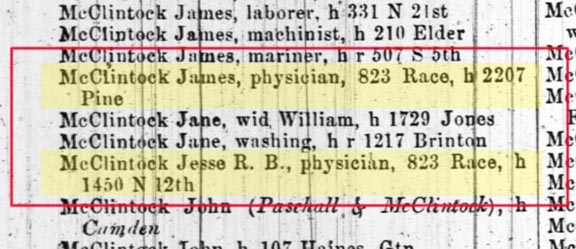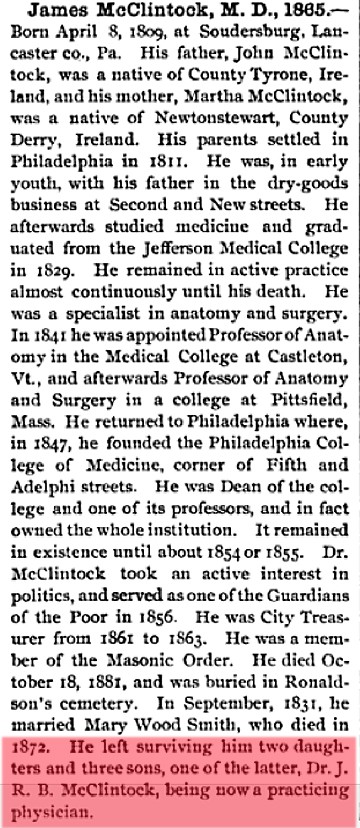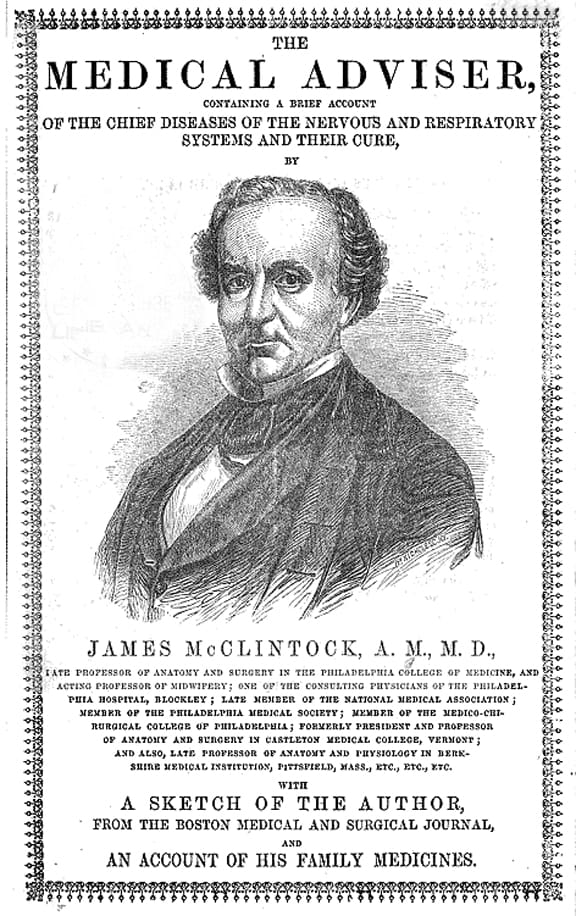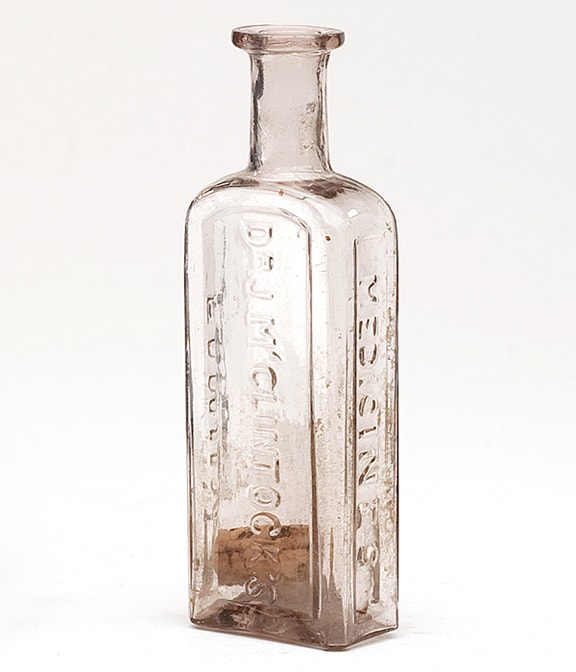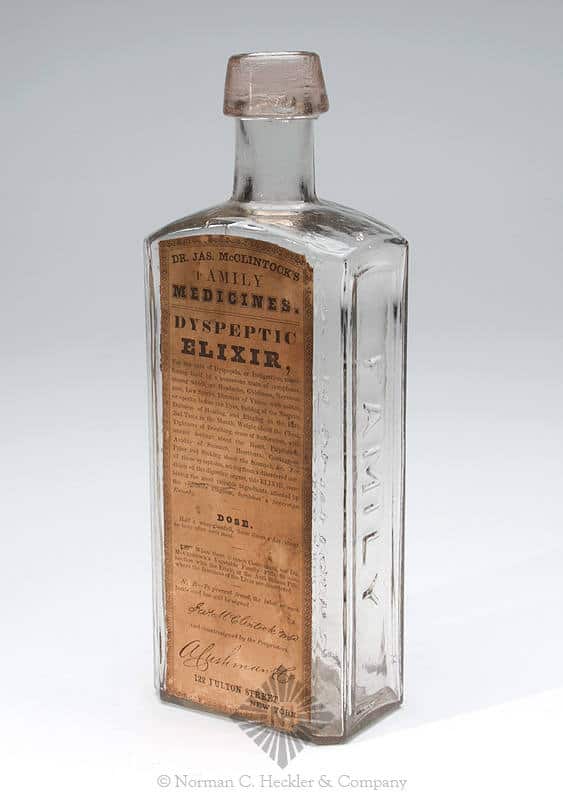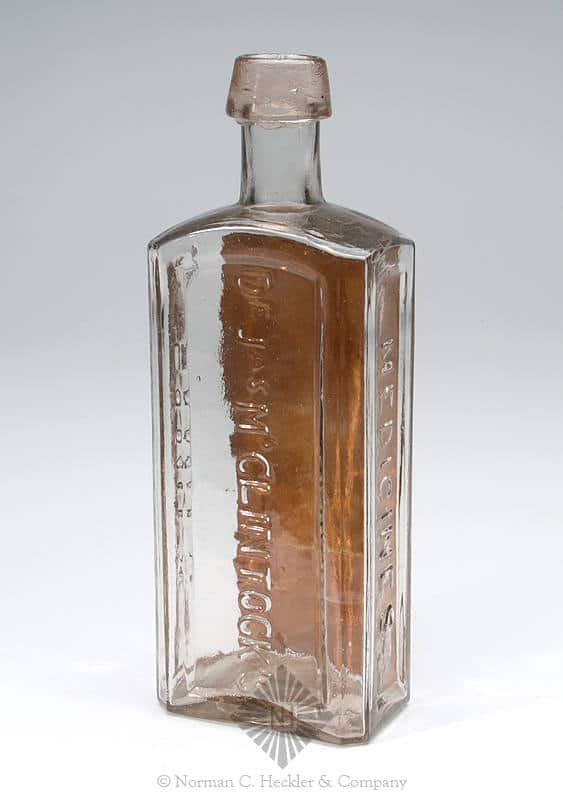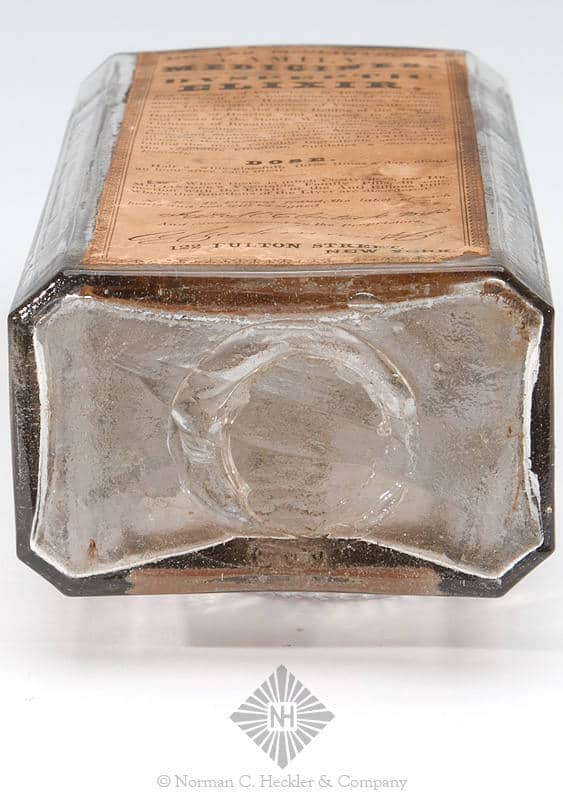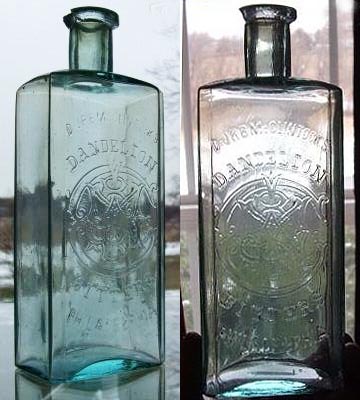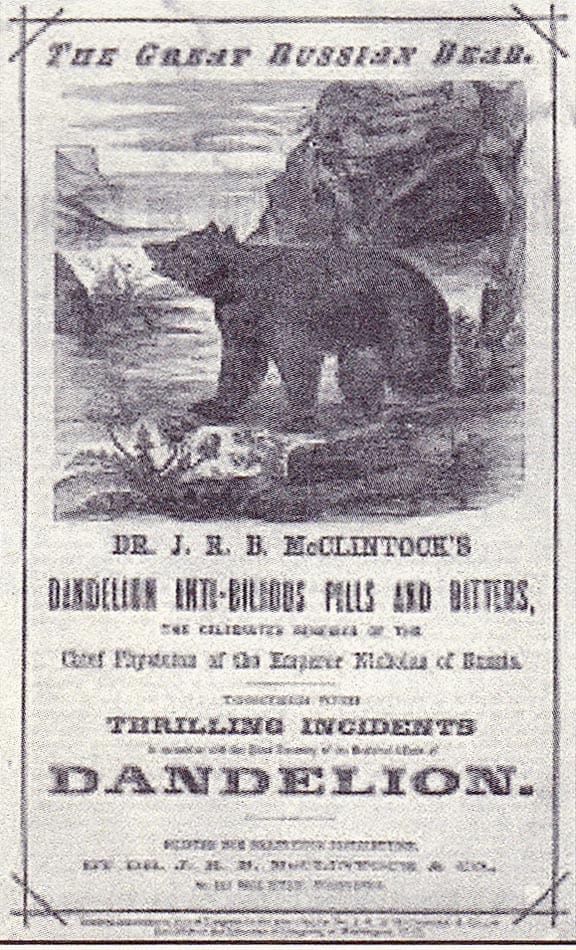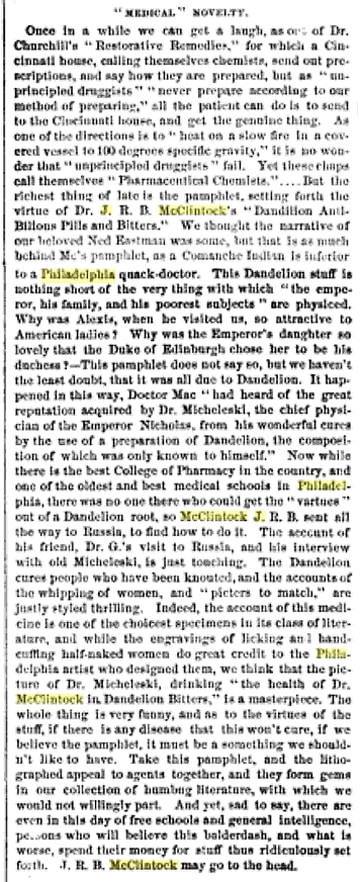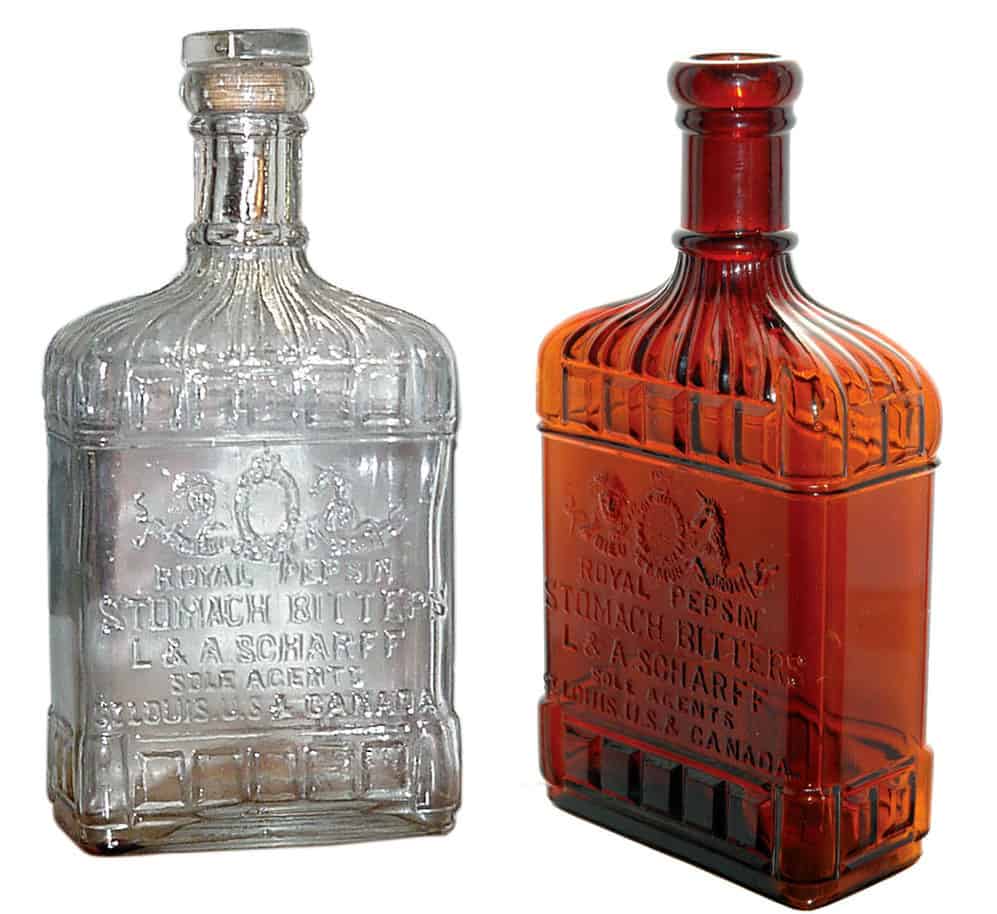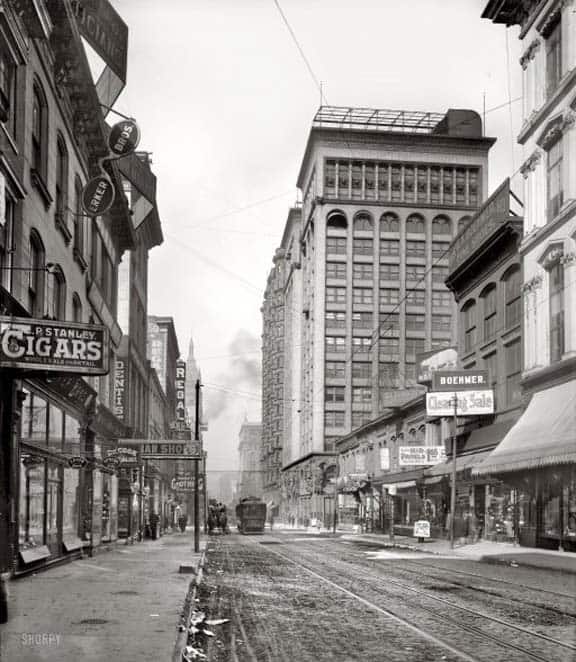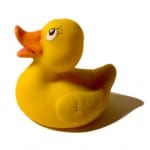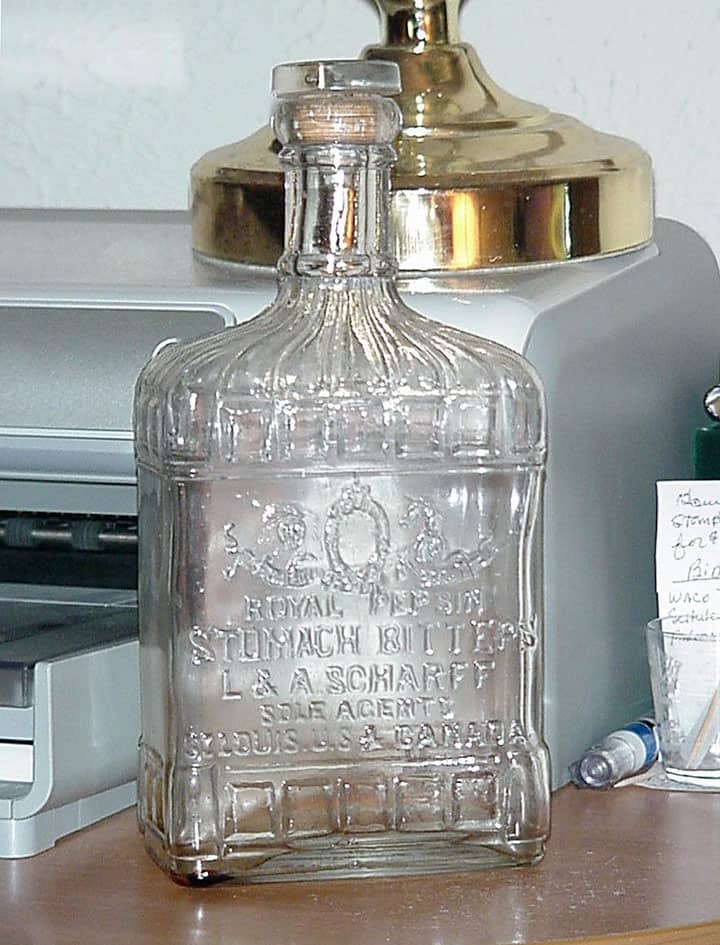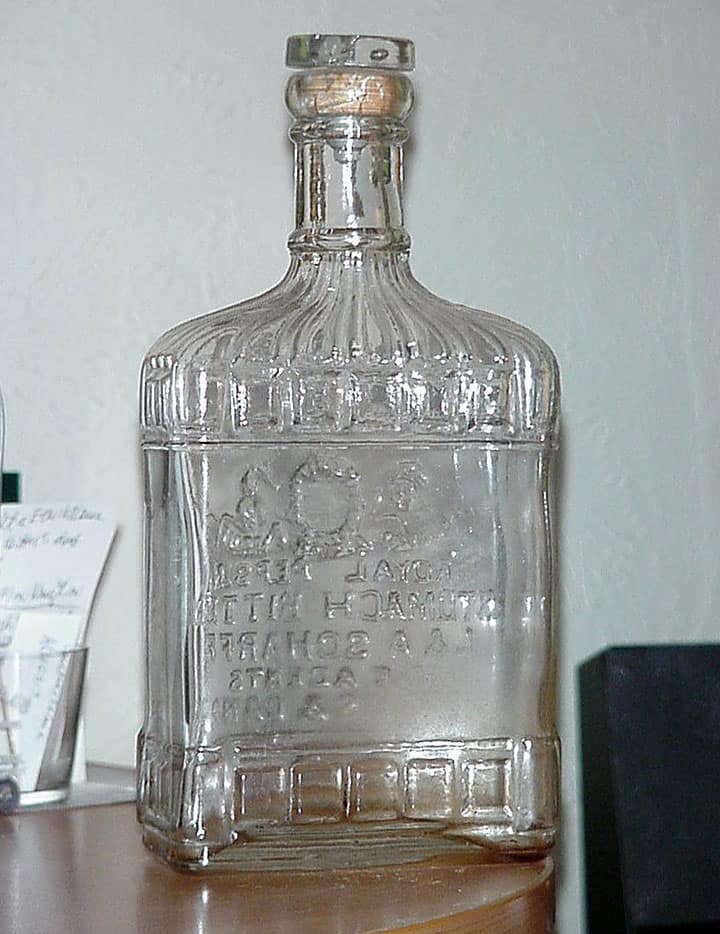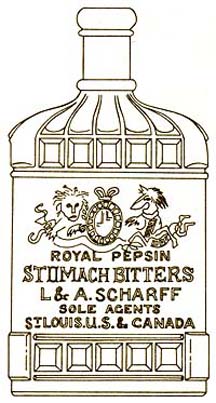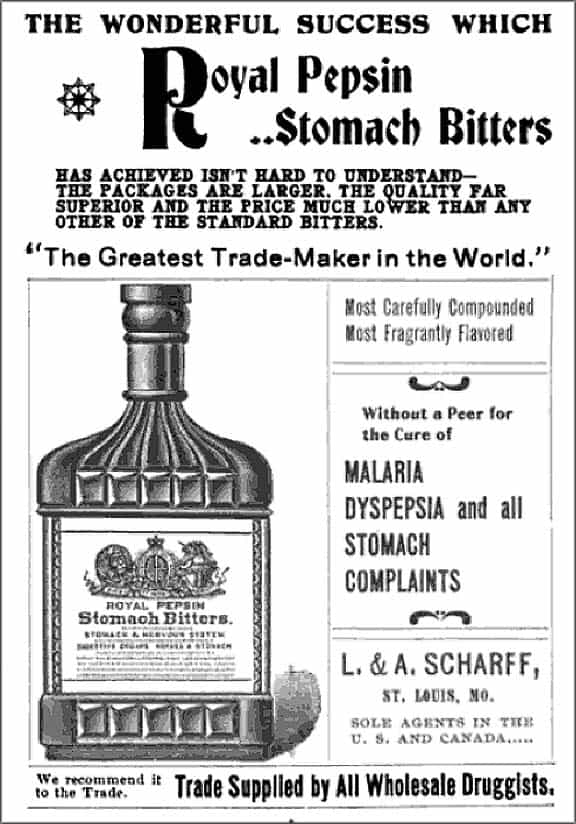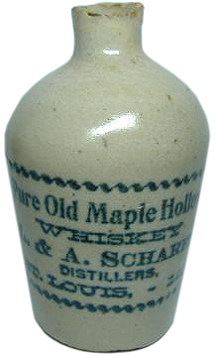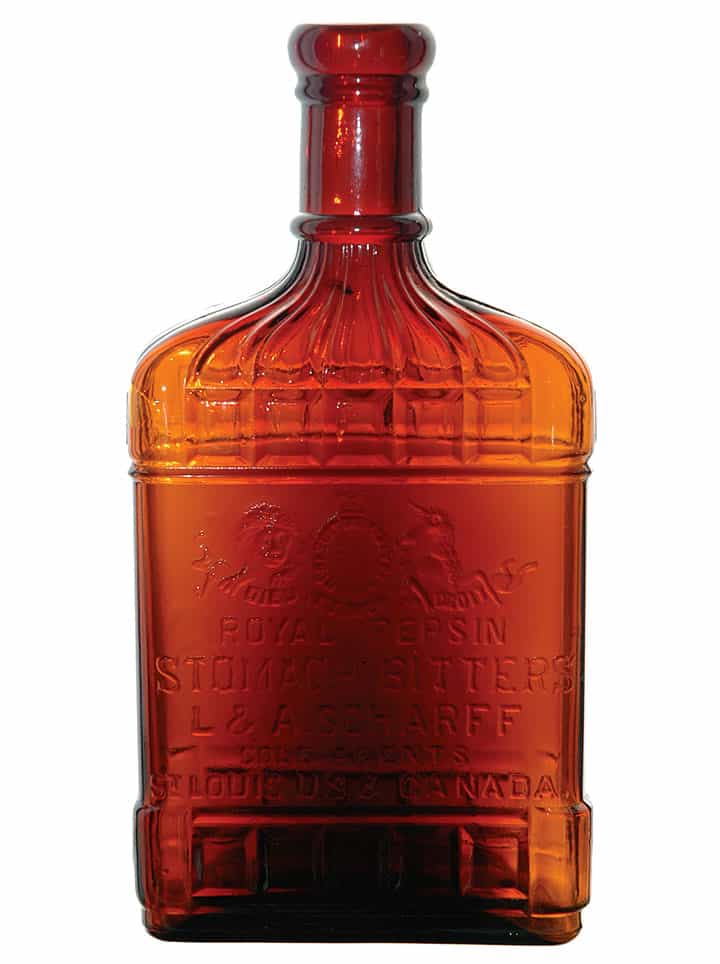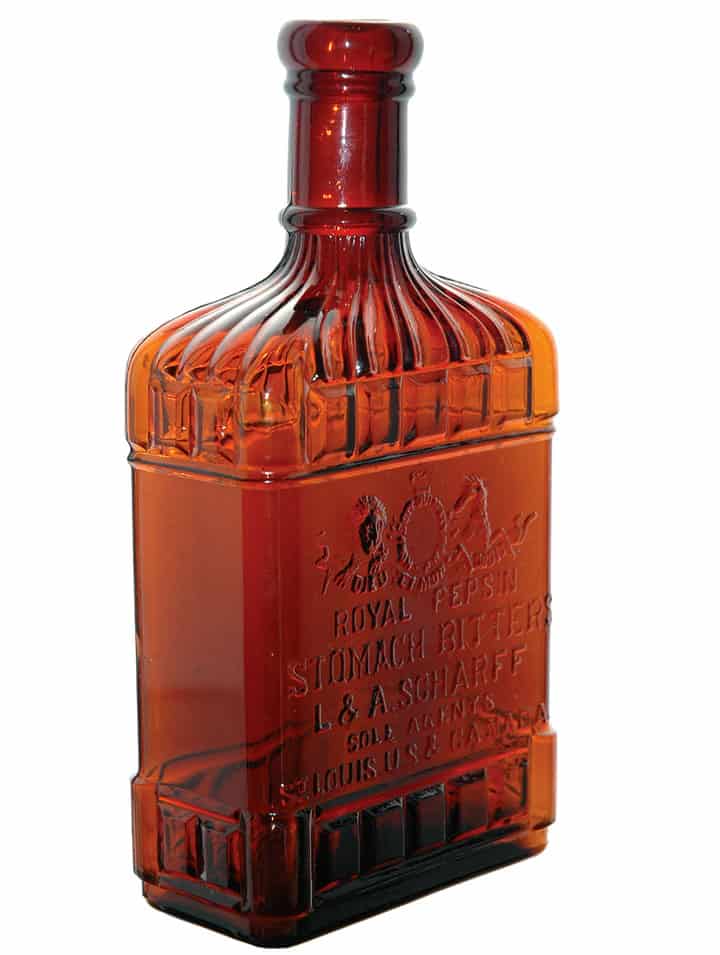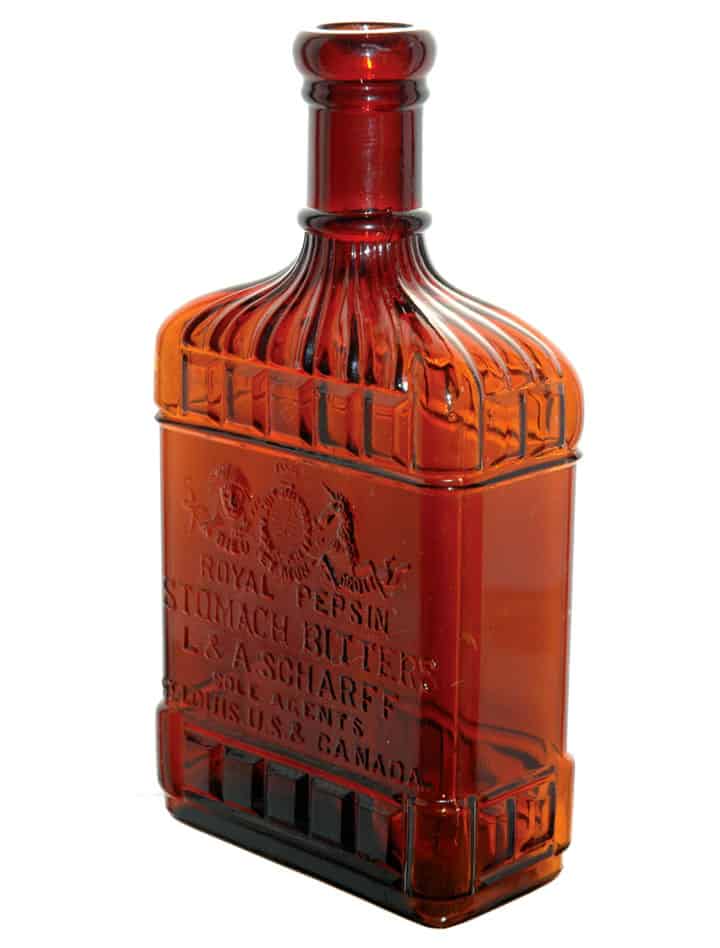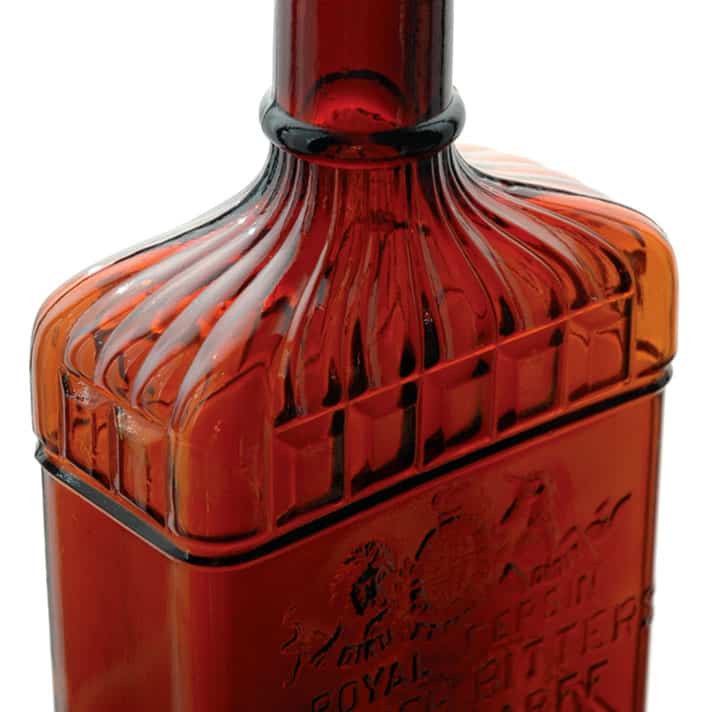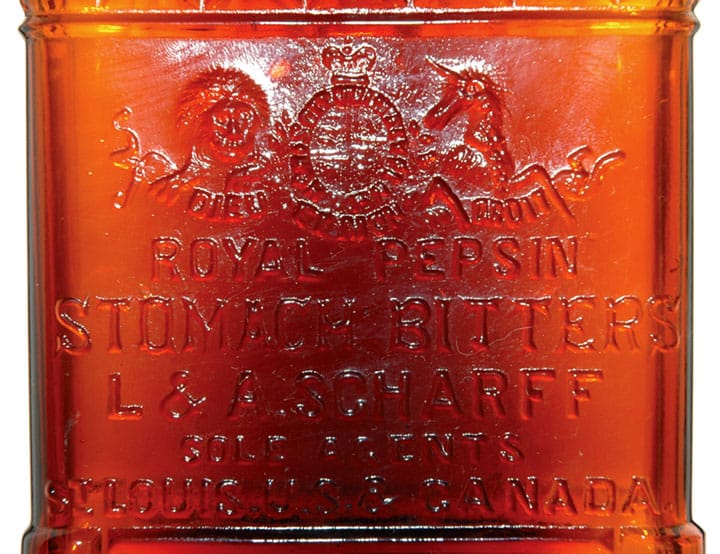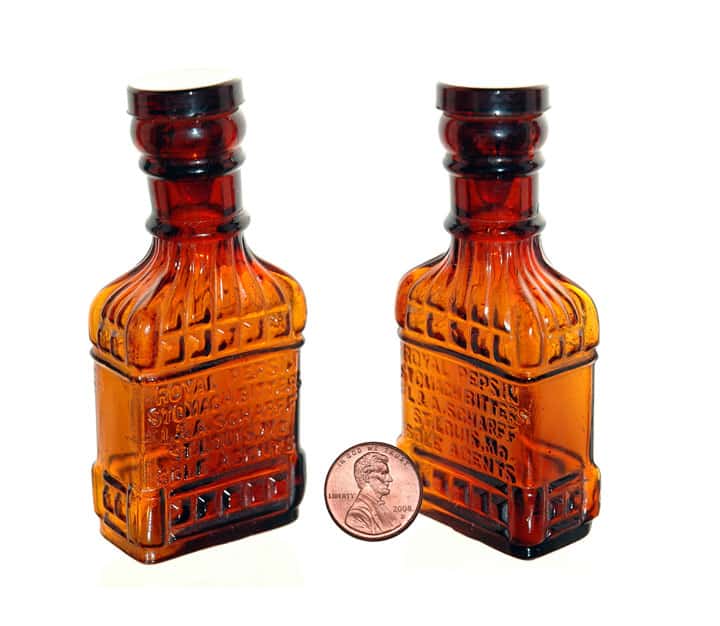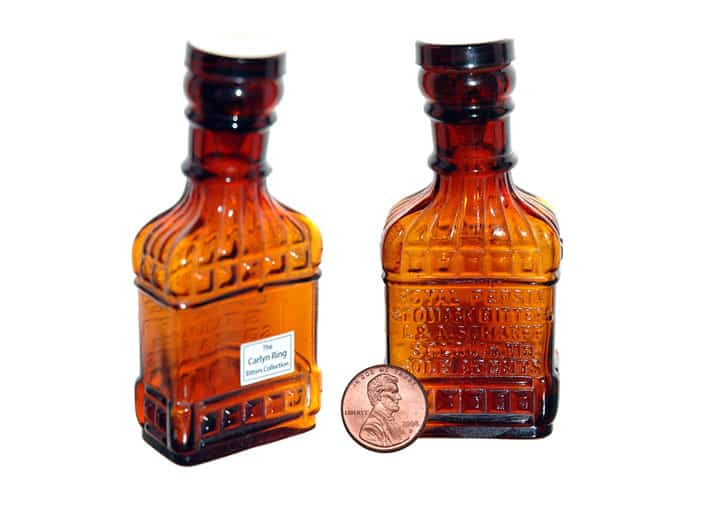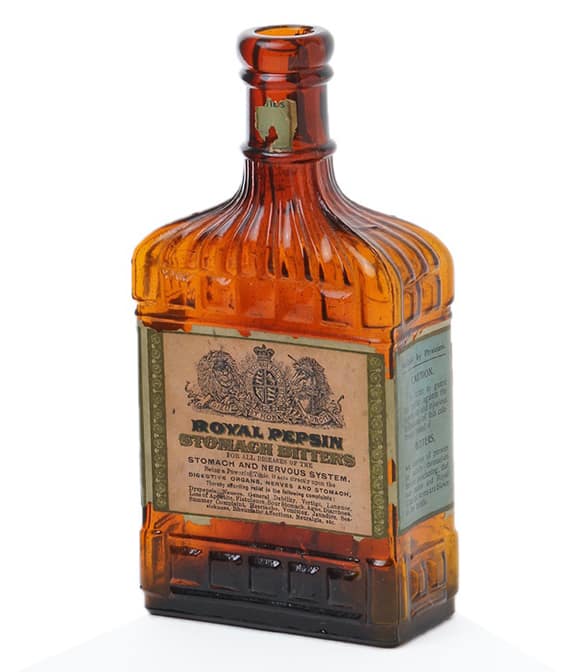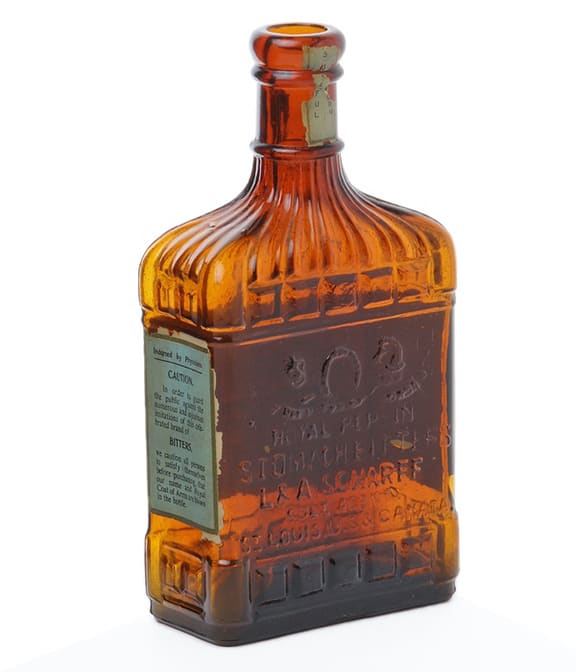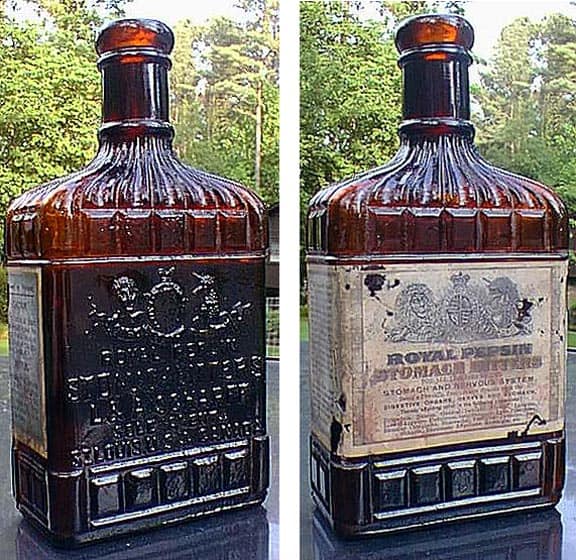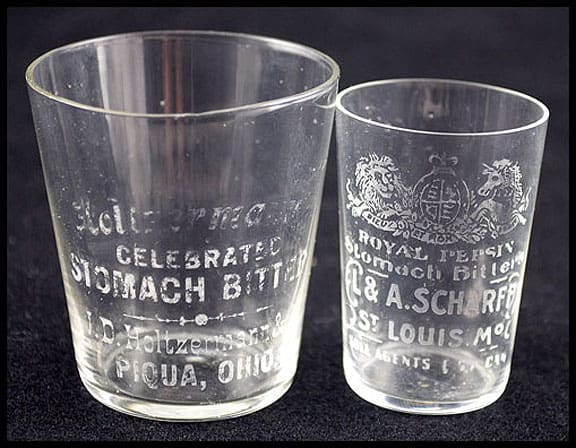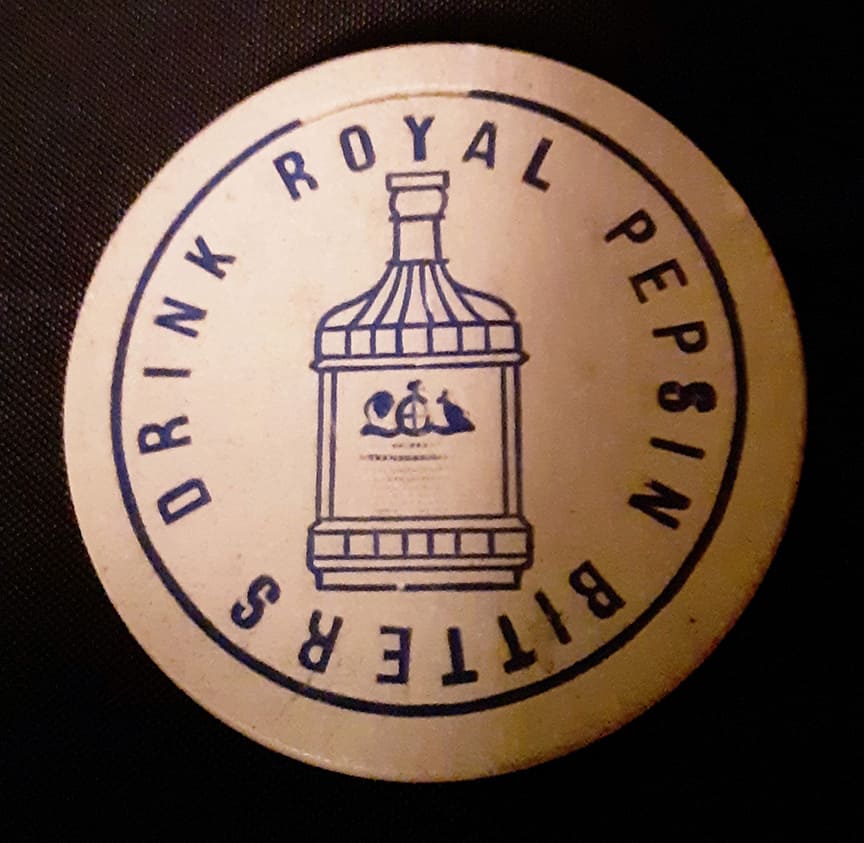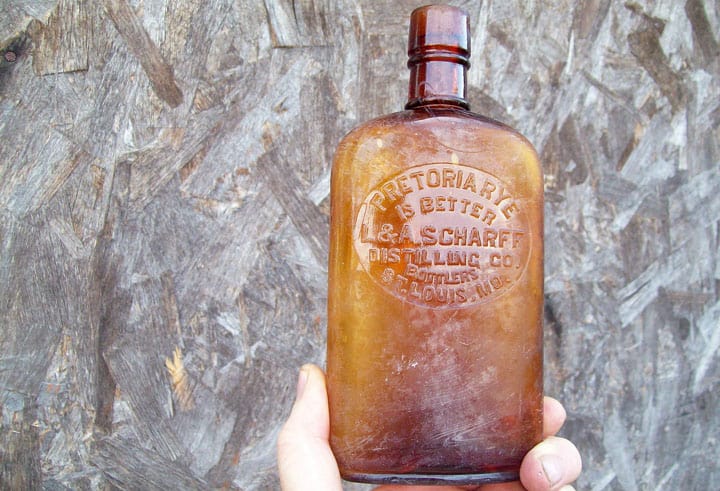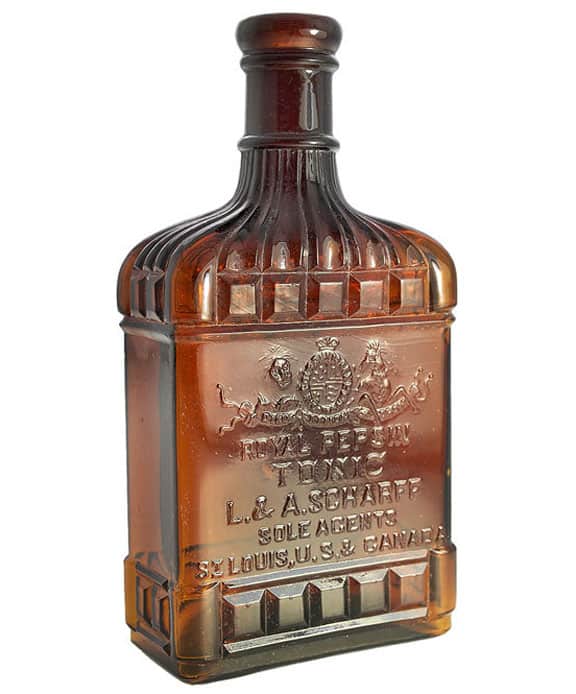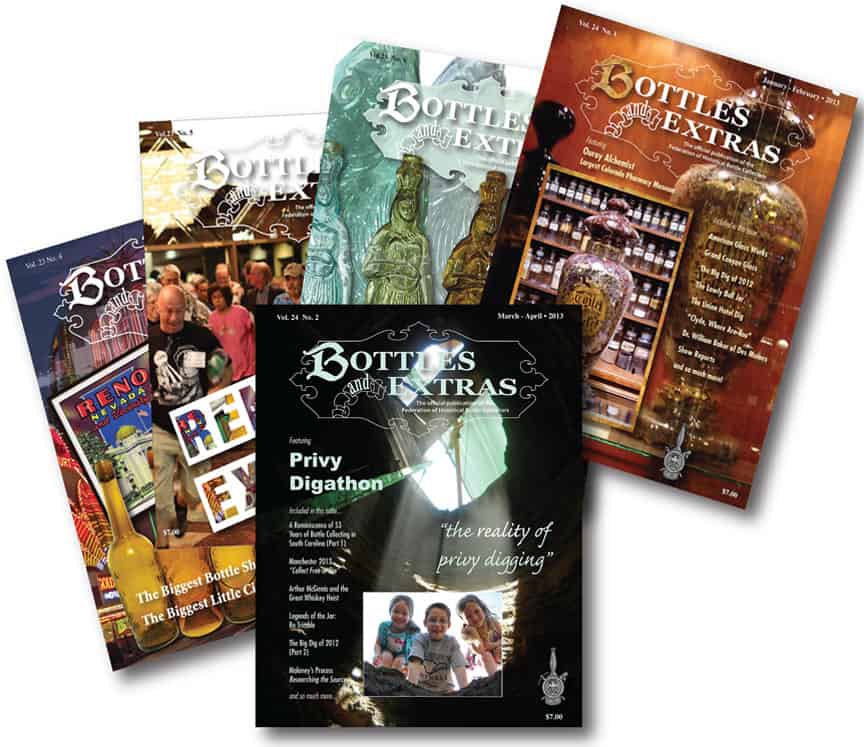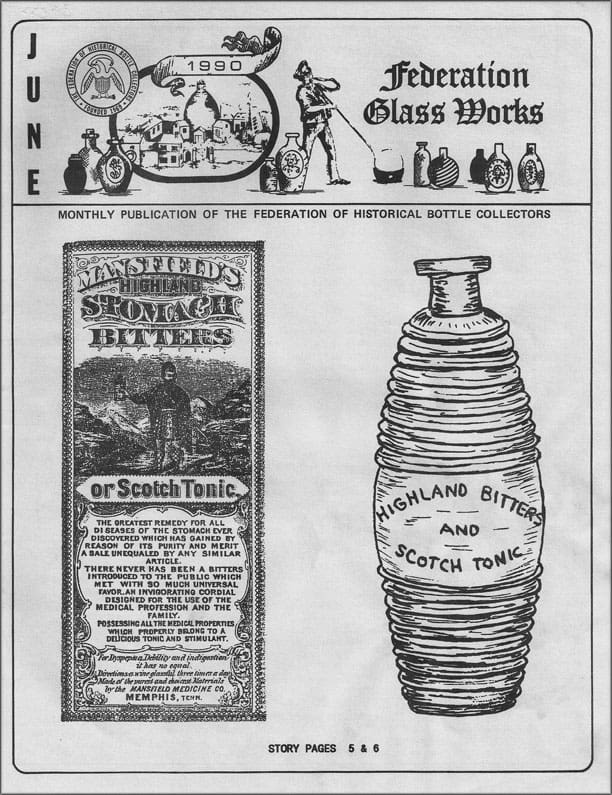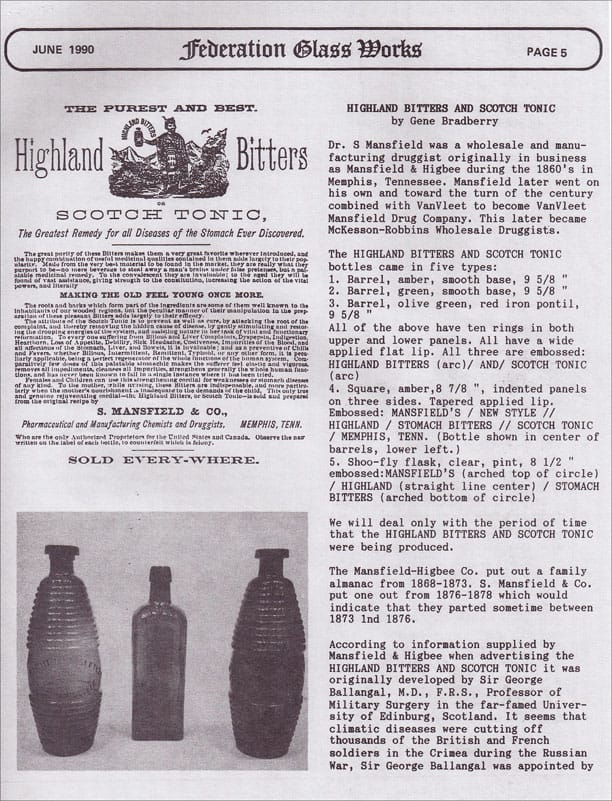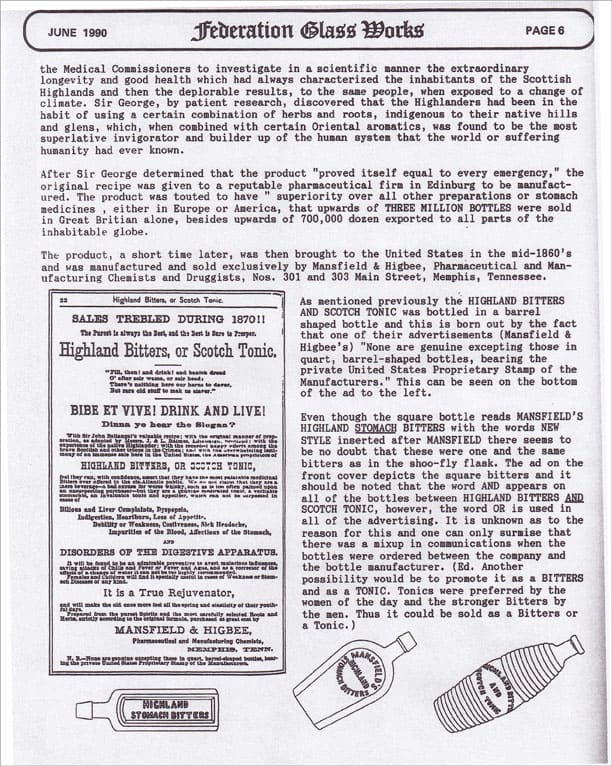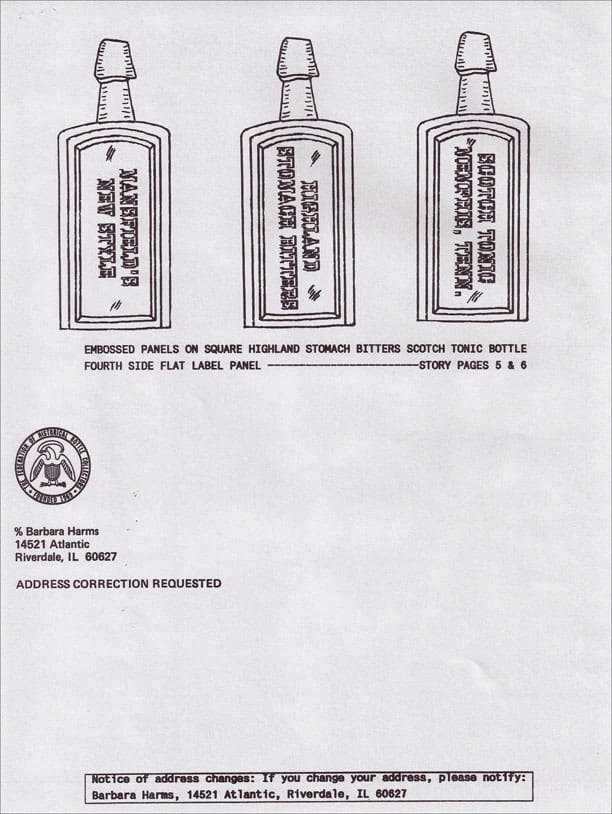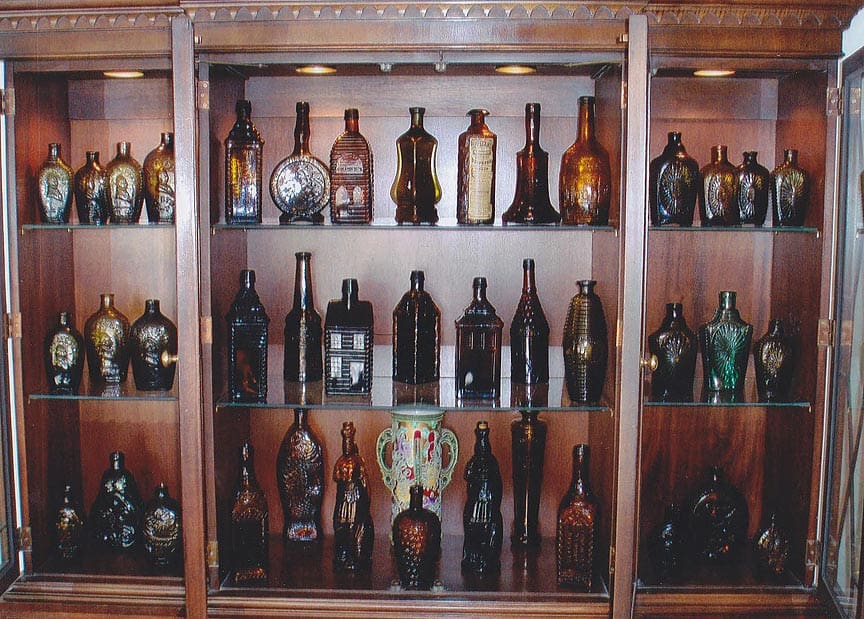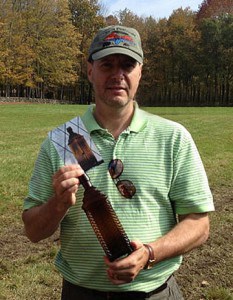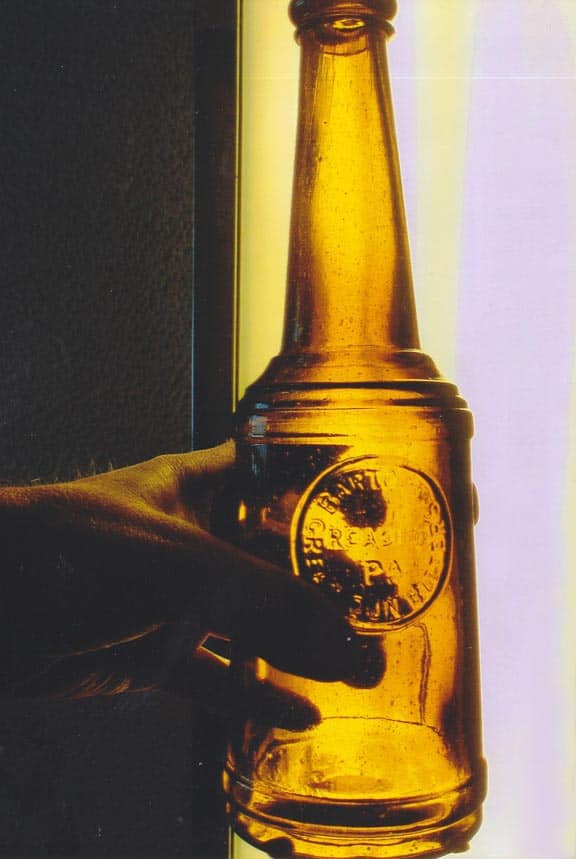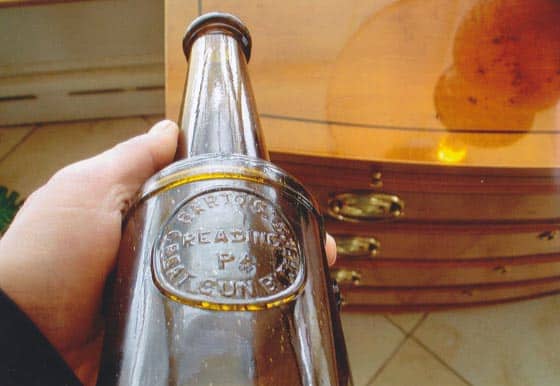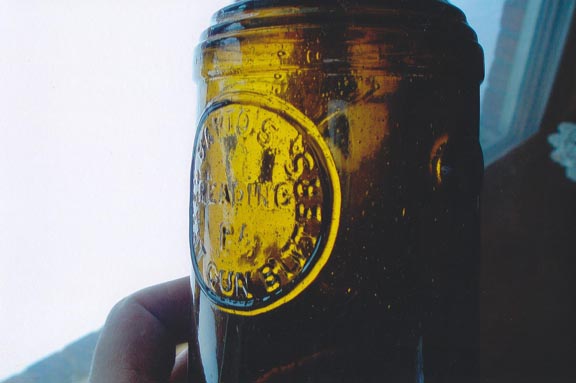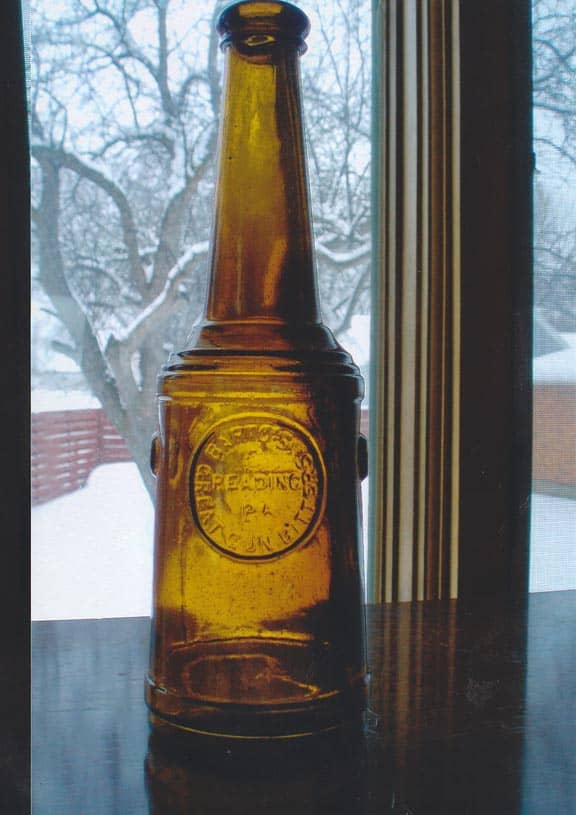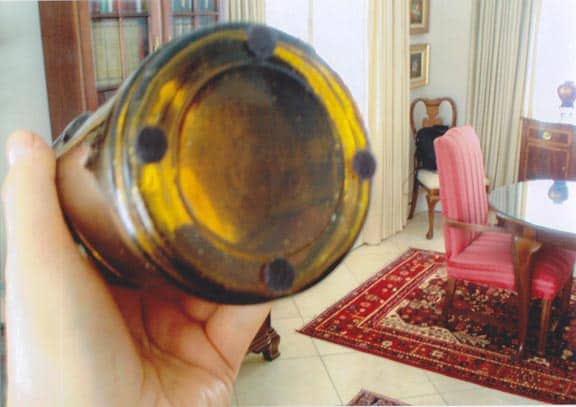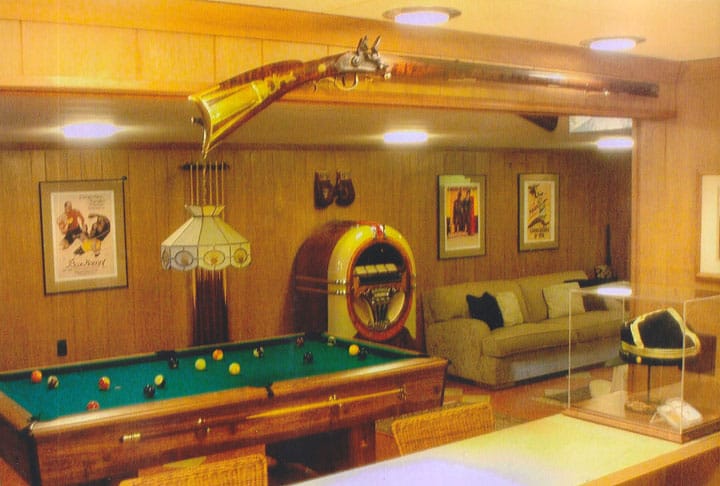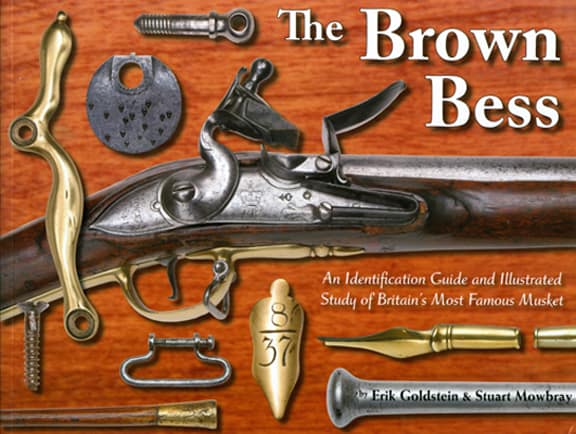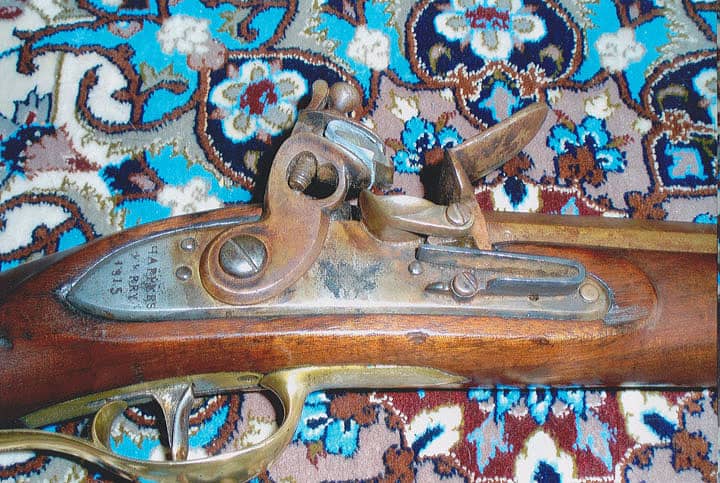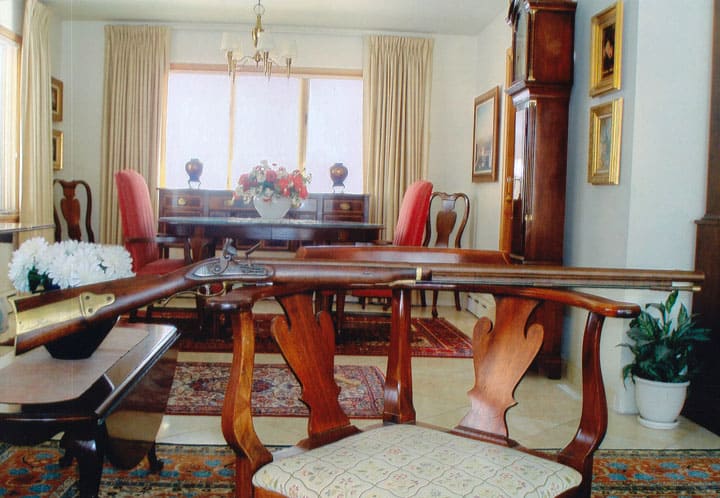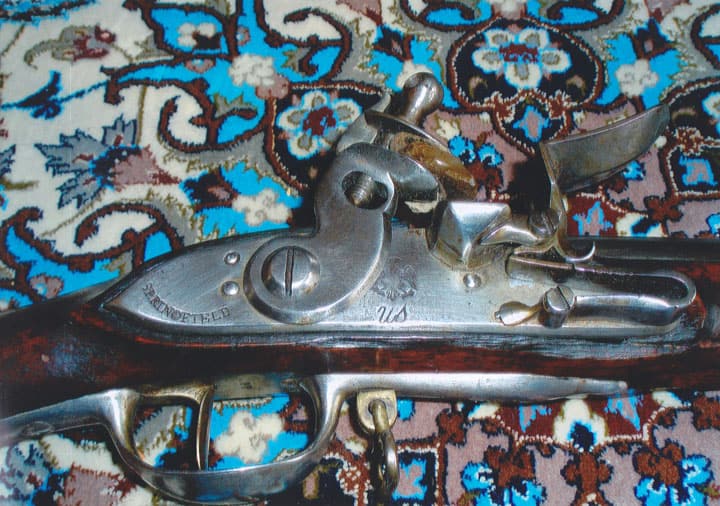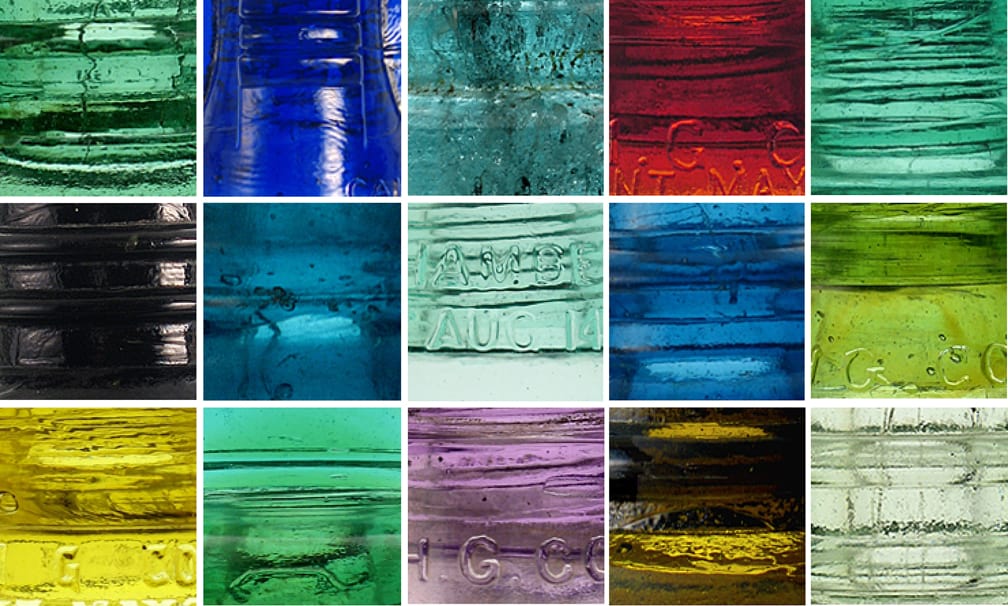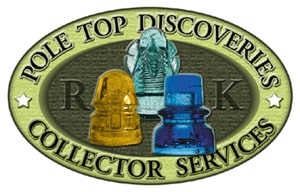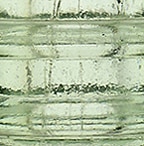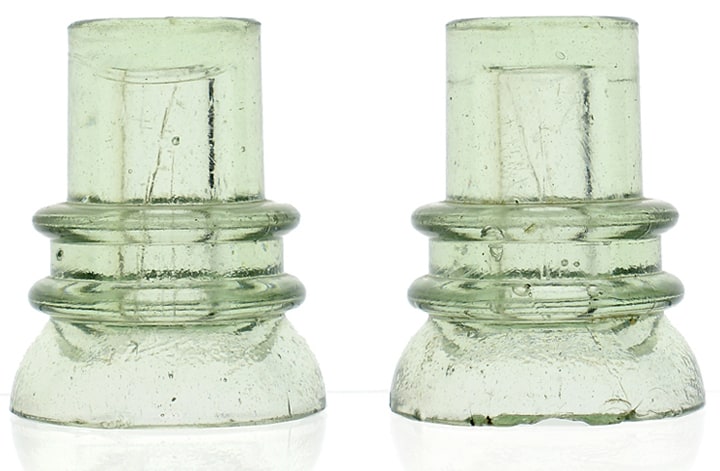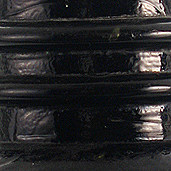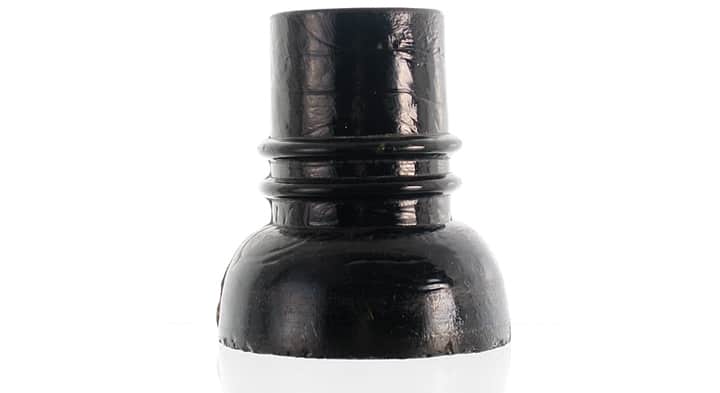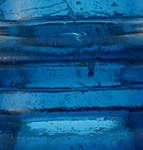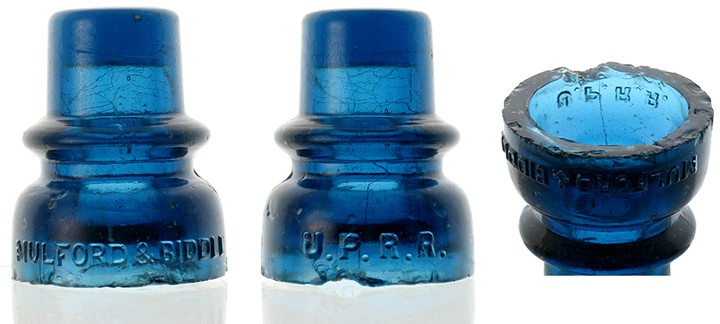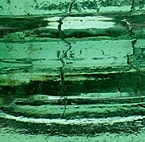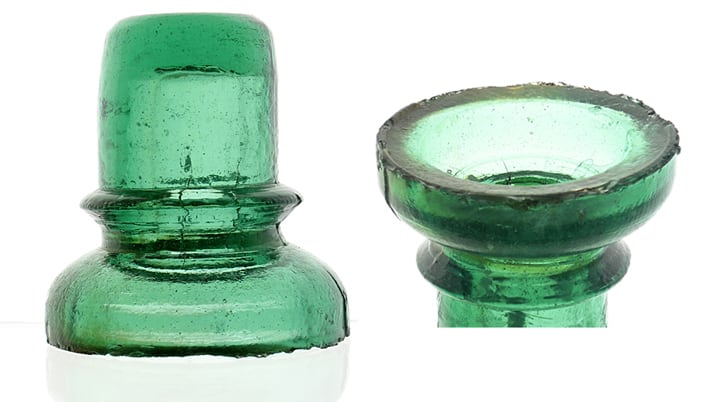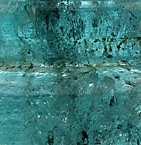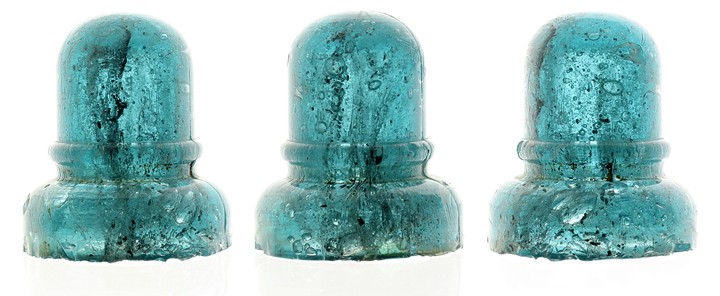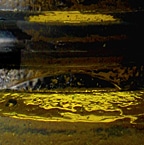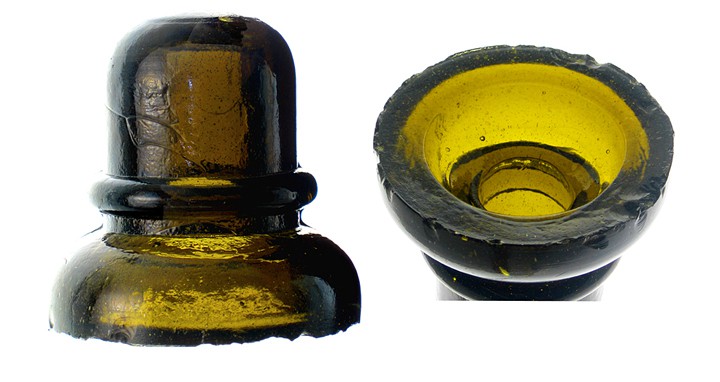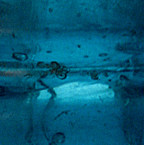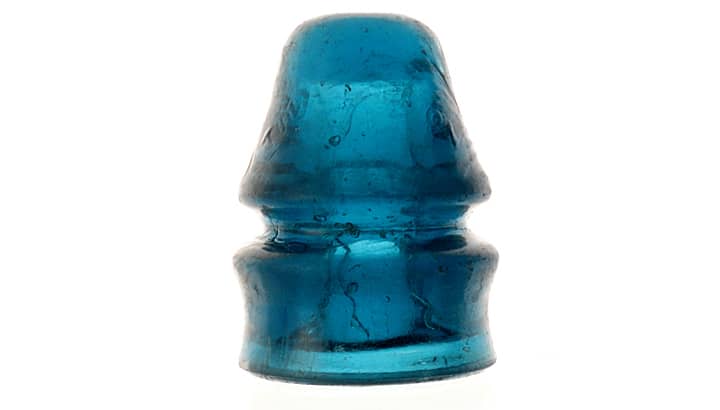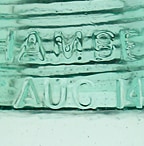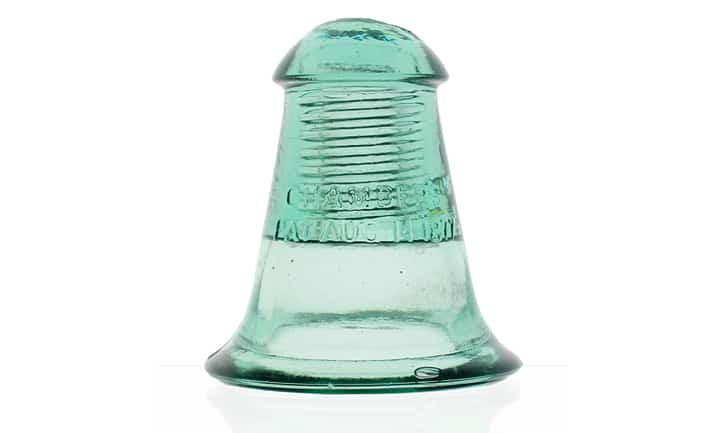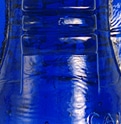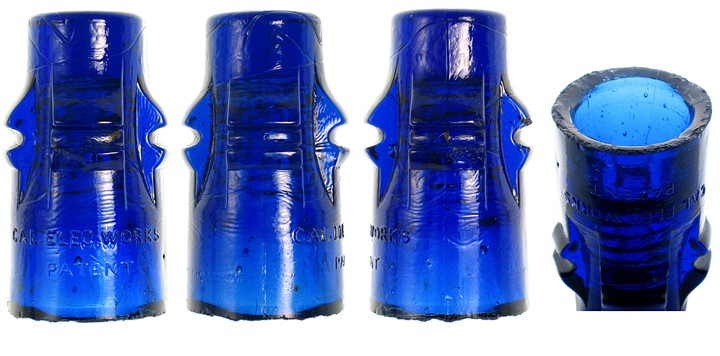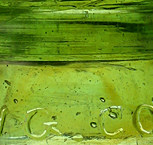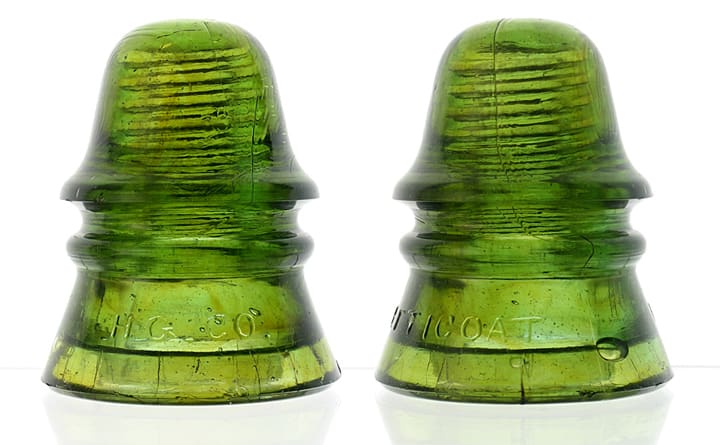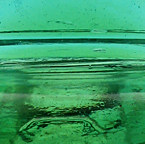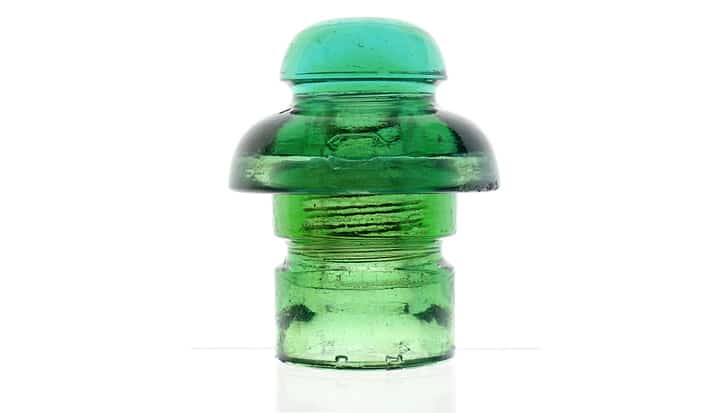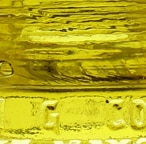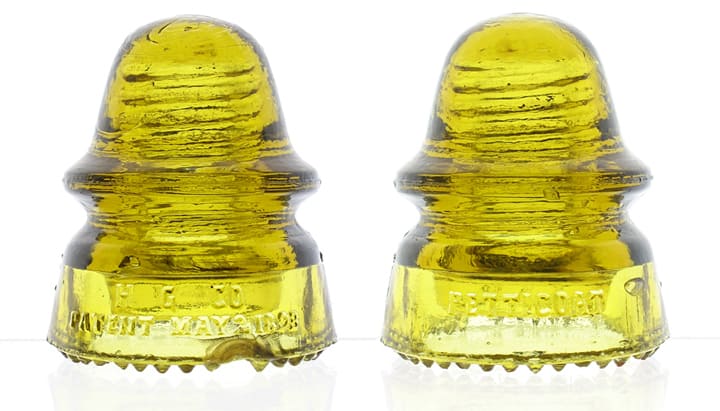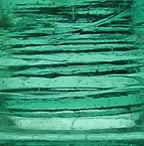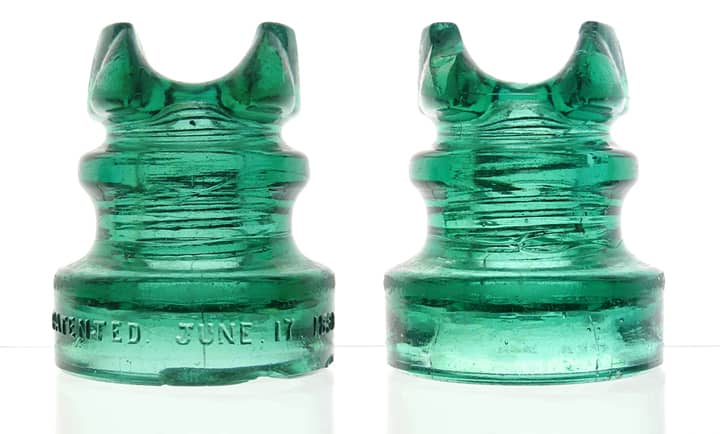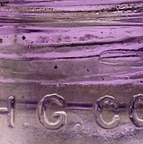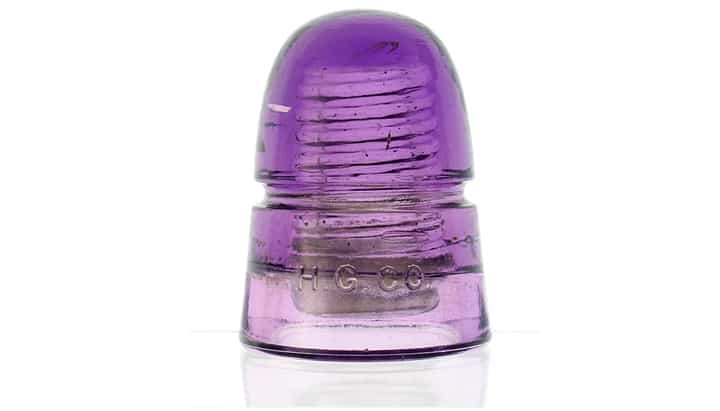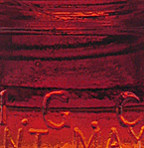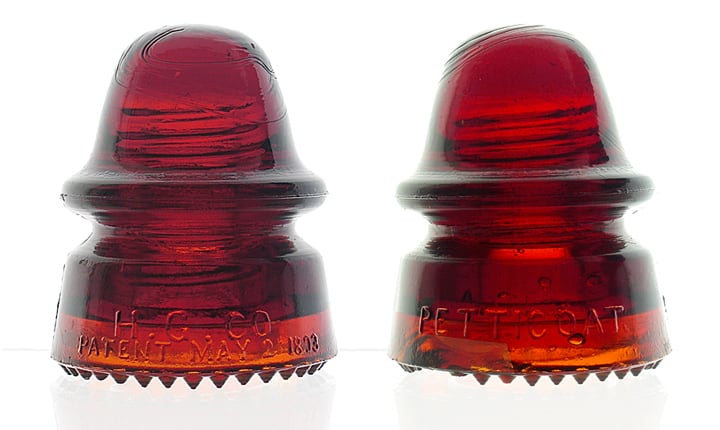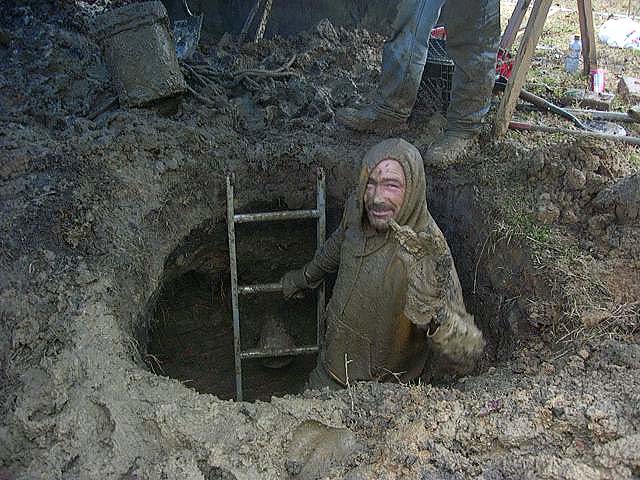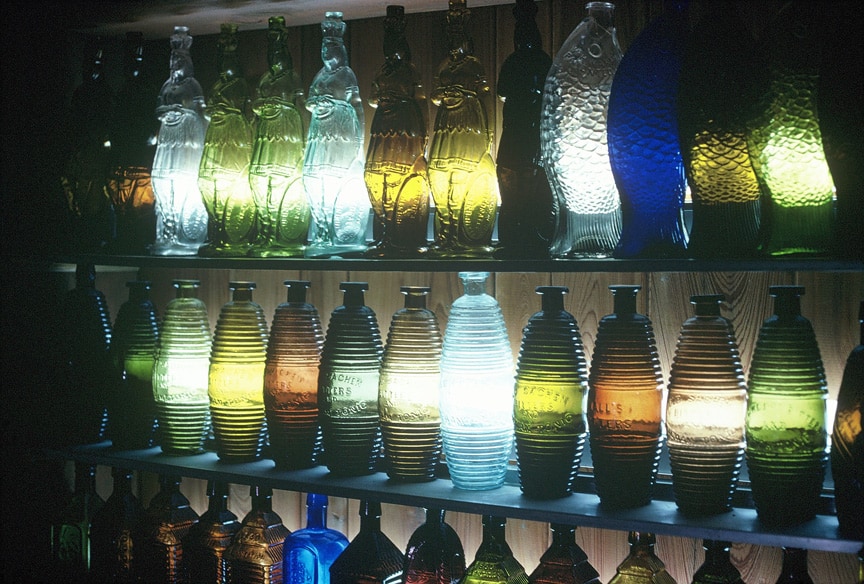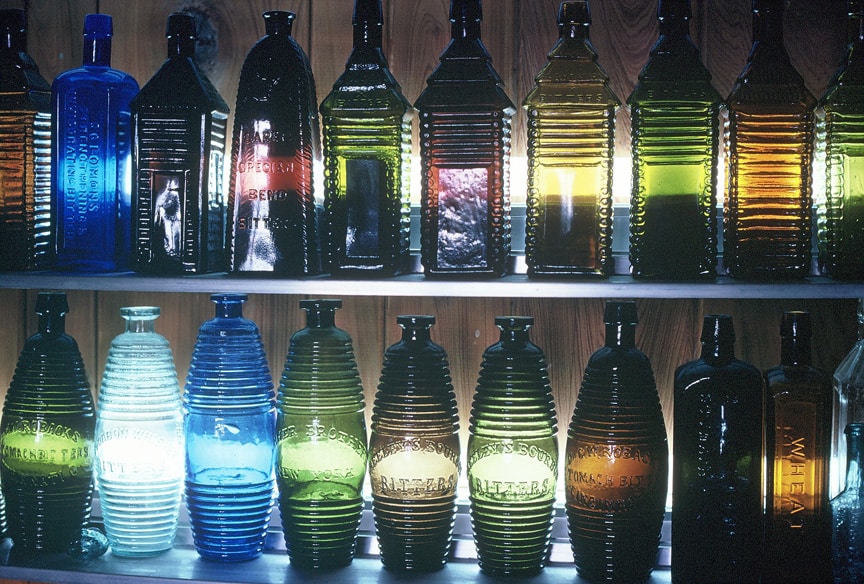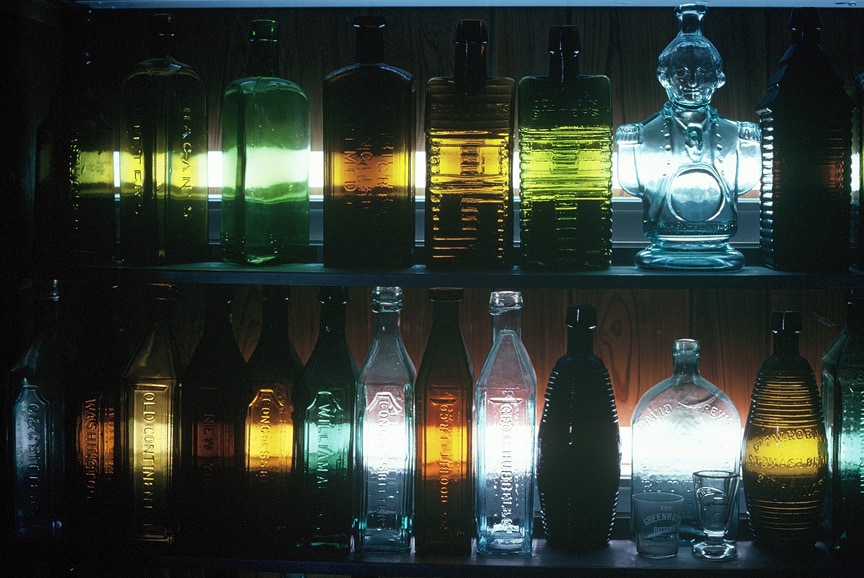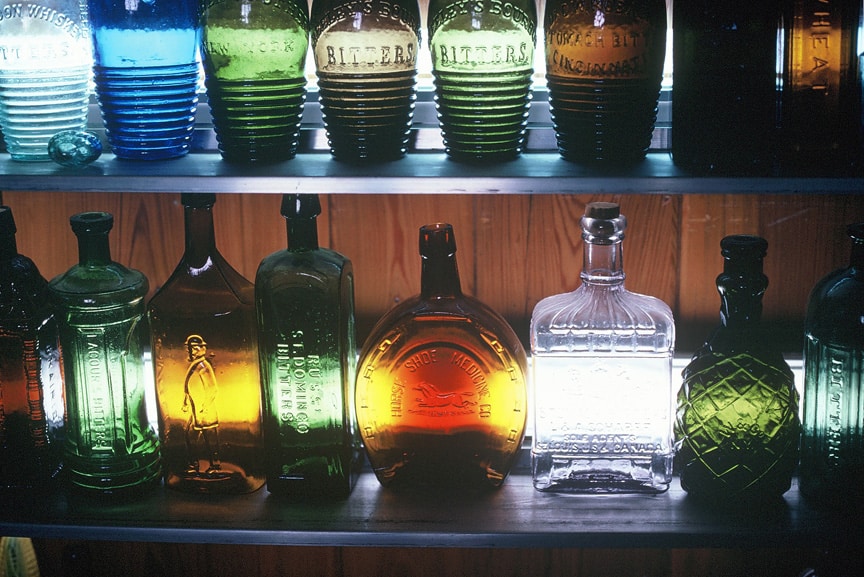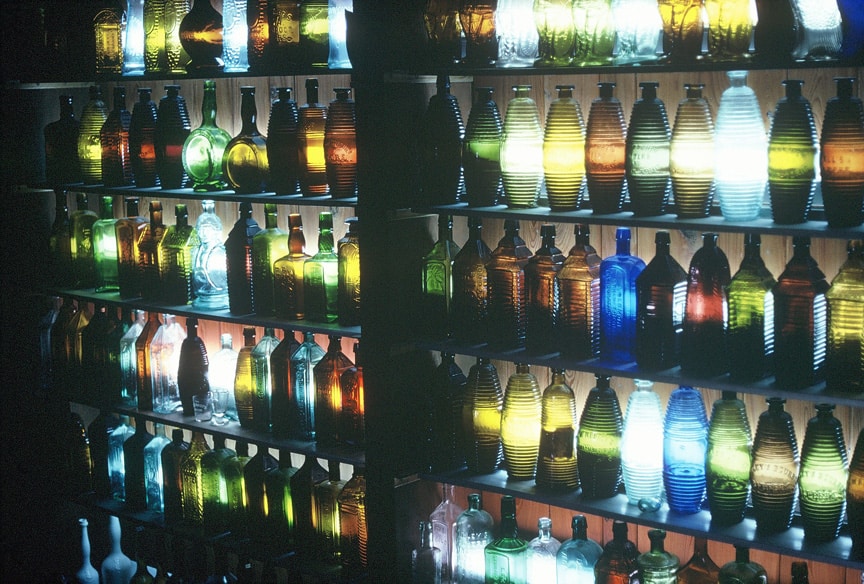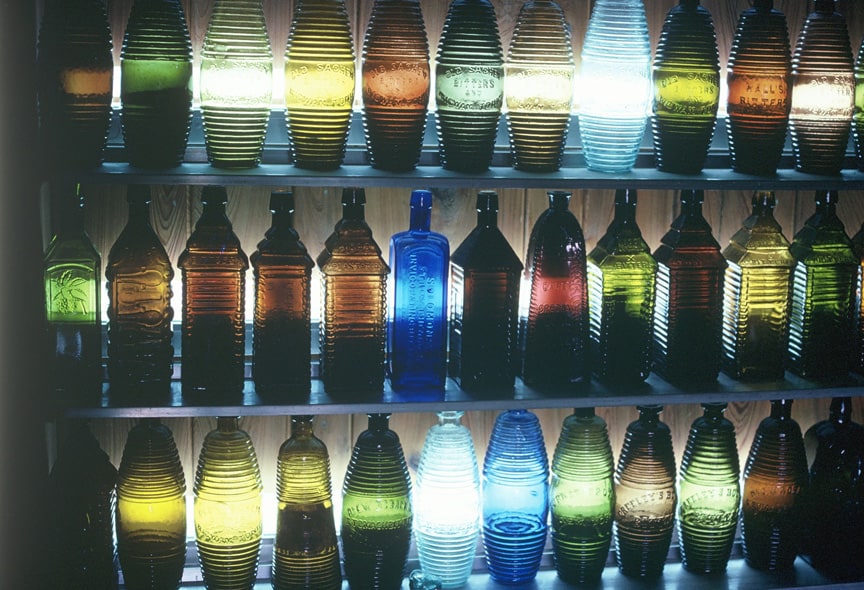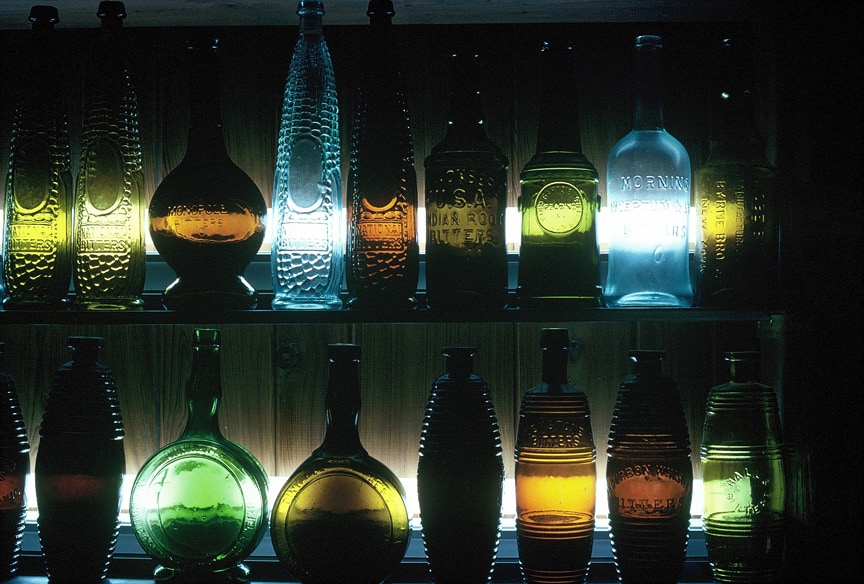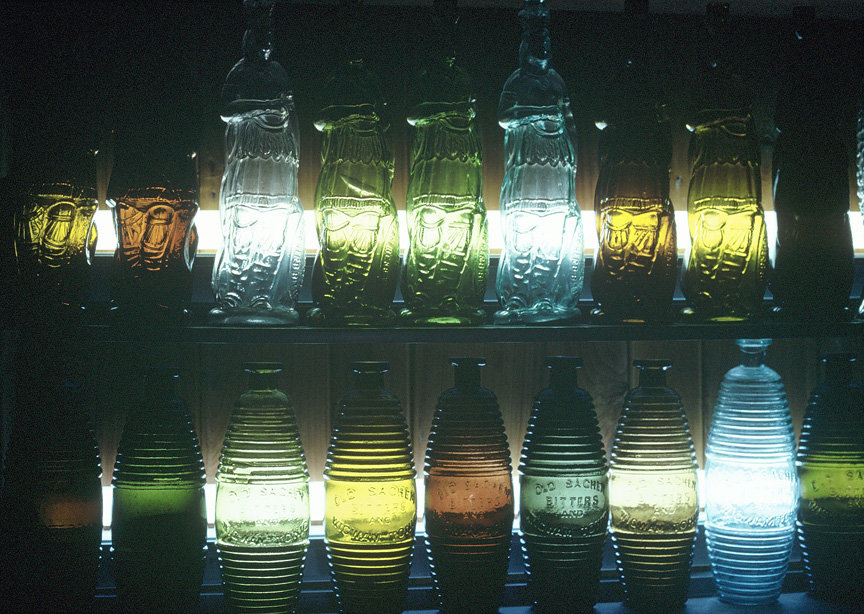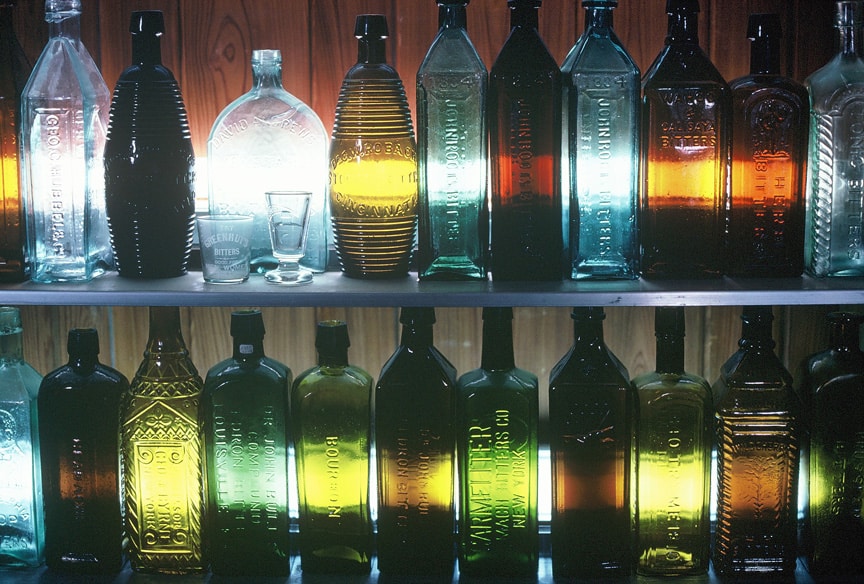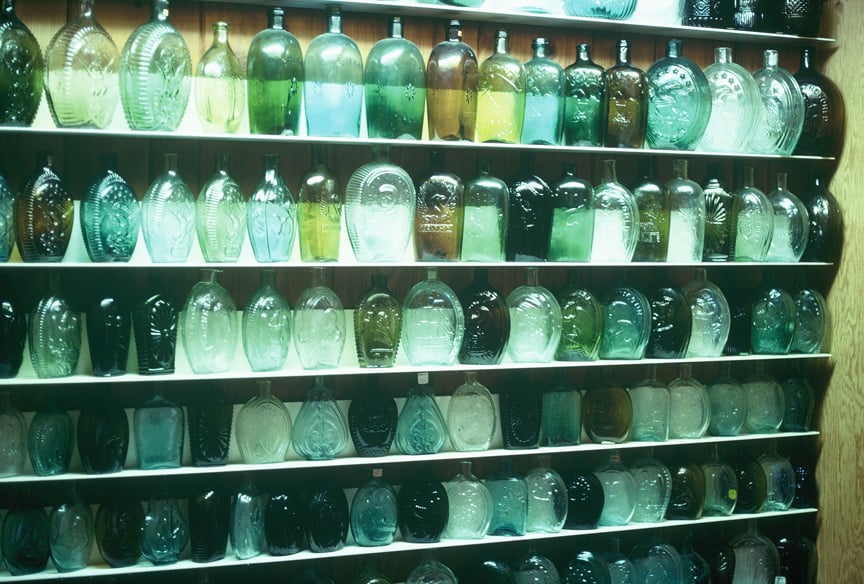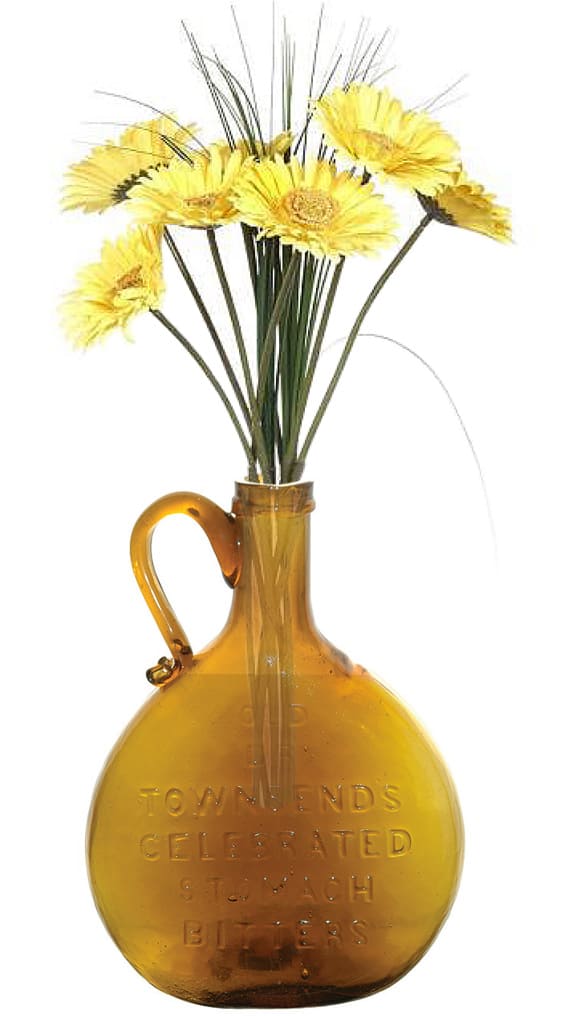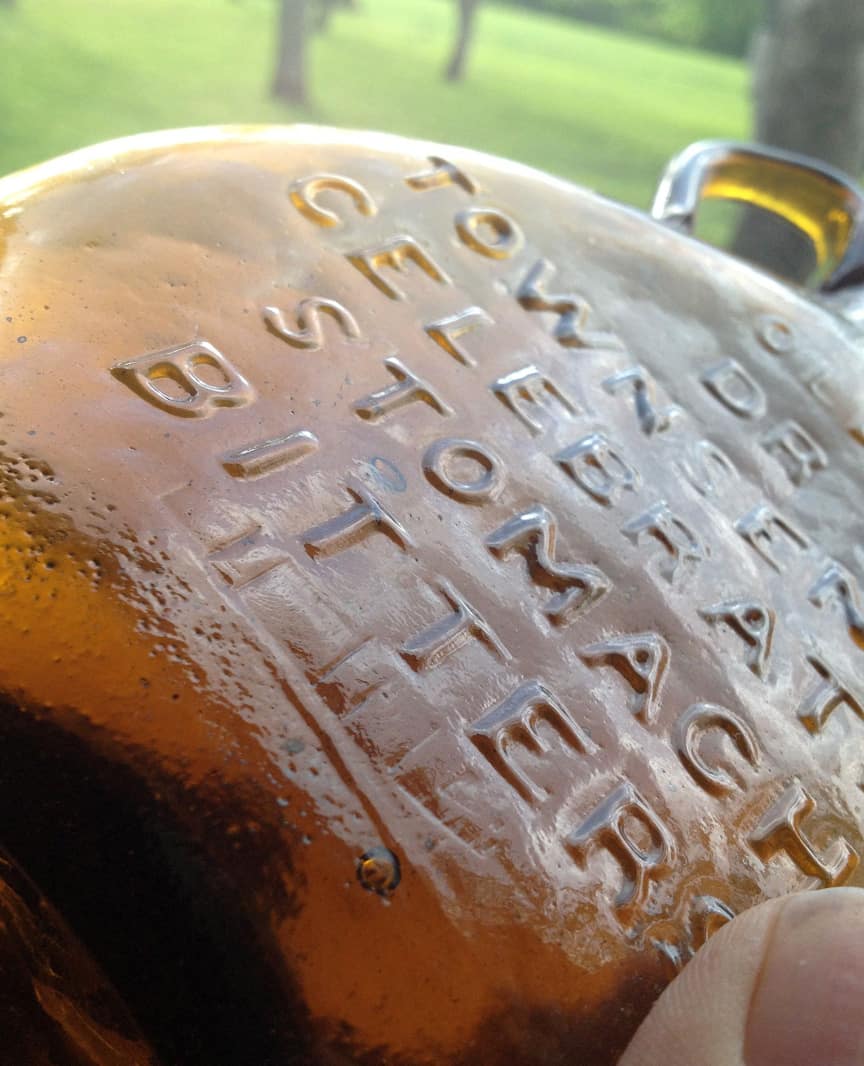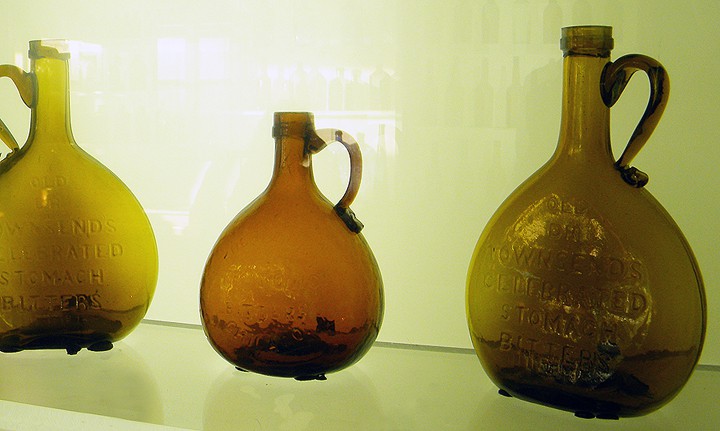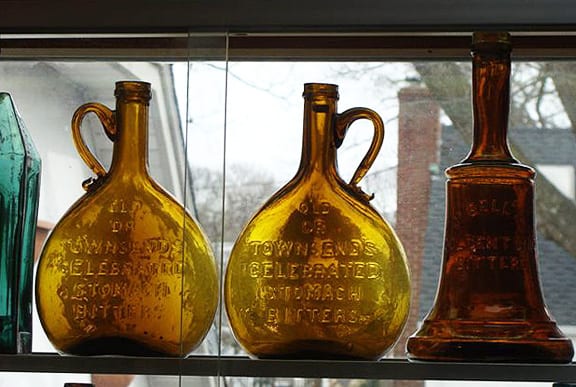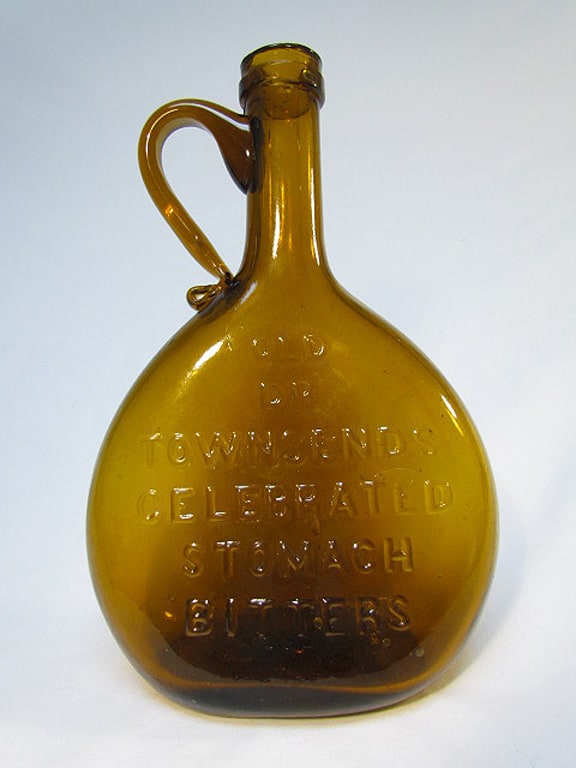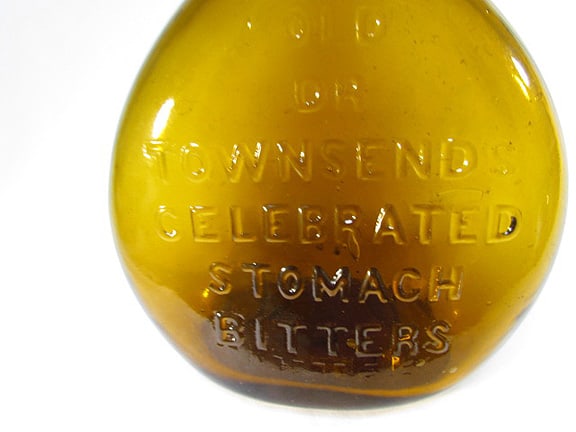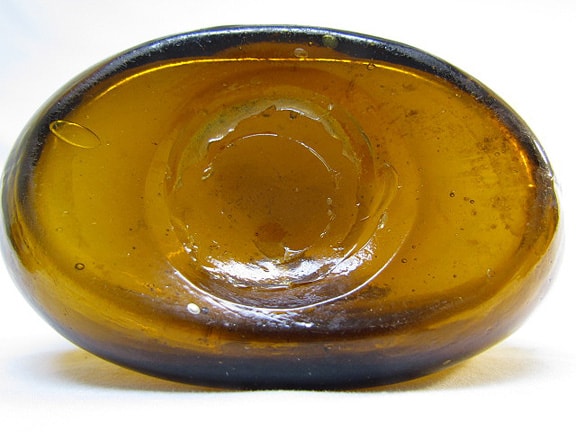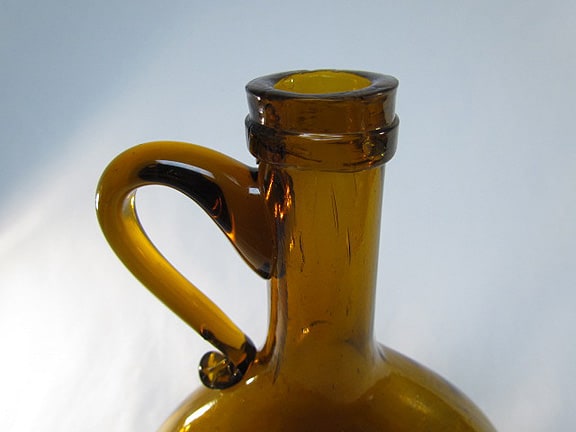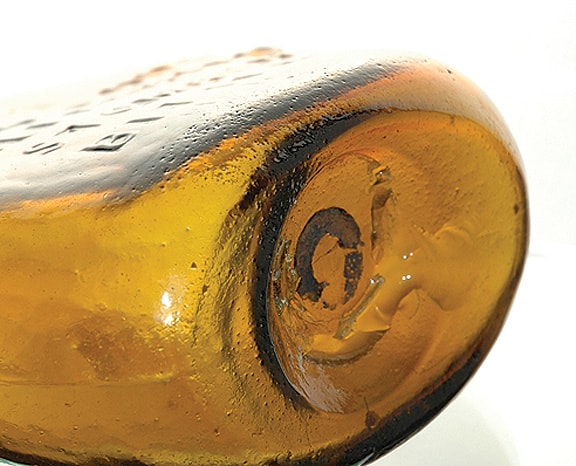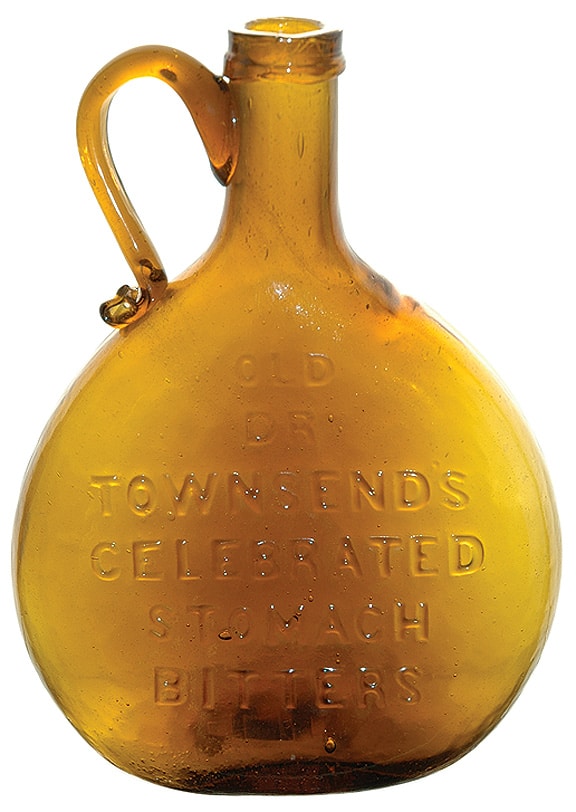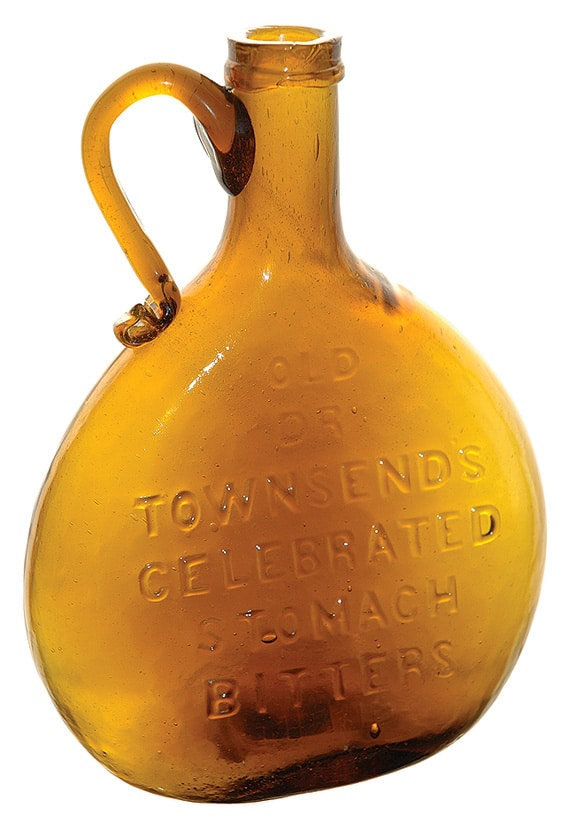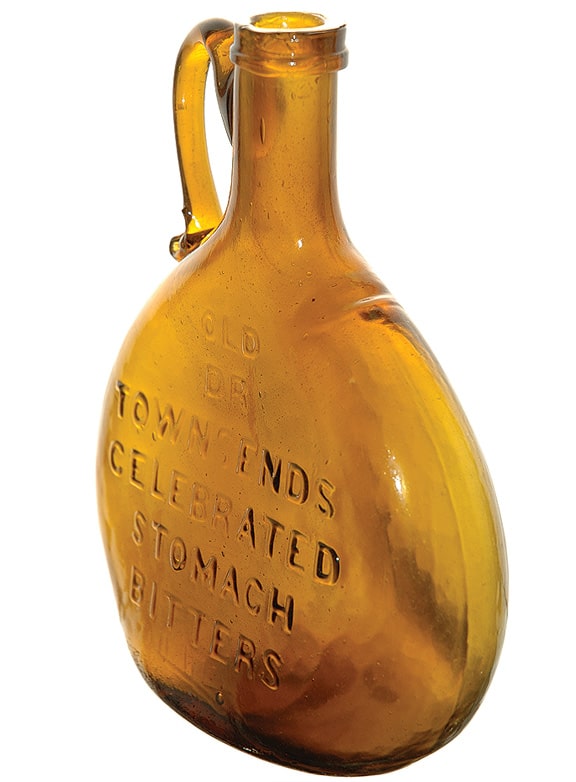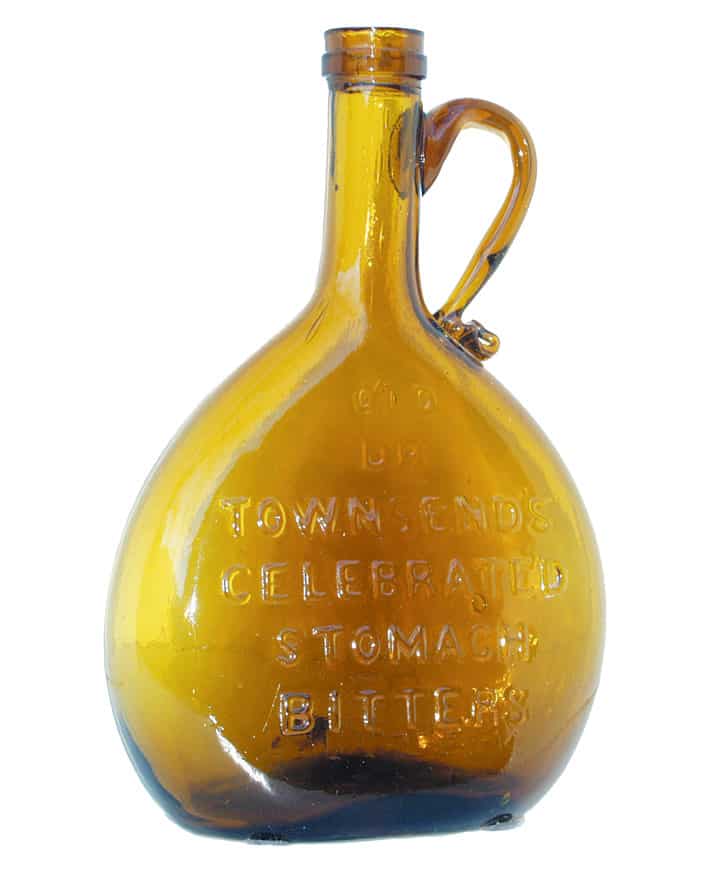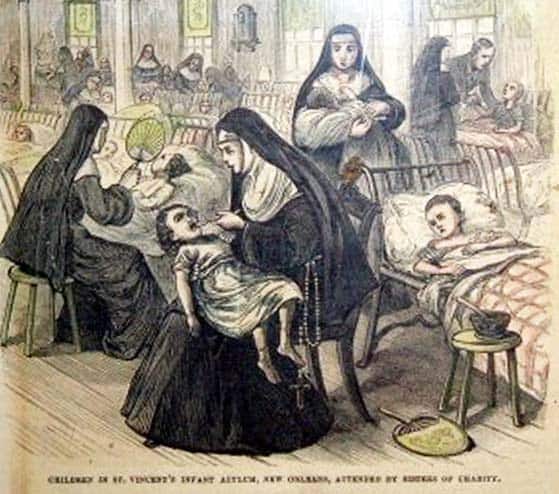
A Harper’s magazine sketch of a hospital scene during the yellow fever epidemic.
Ferdinand, here is the article on “The Great Memphis Bottle Treasure Map of 1880“. The newly founded National Board of Health conducted a Sanitary
Survey in the winter of 1879-1880. Yellow Fever hit Memphis hard in 1878, over 5,000 people died that year.
They began a house to house Survey in Ward 1, the oldest section of the city in late 1879…Exact locations of privies, wells, cisterns, and all buildings were logged….Most privies in this business area were inside or alongside the buildings.
This article may cause some diggers to rethink and perhaps revisit some sites that were less that fruitful. A little food for thought? 5,914 Privies were mapped!
Thanks, Reg Shoeman
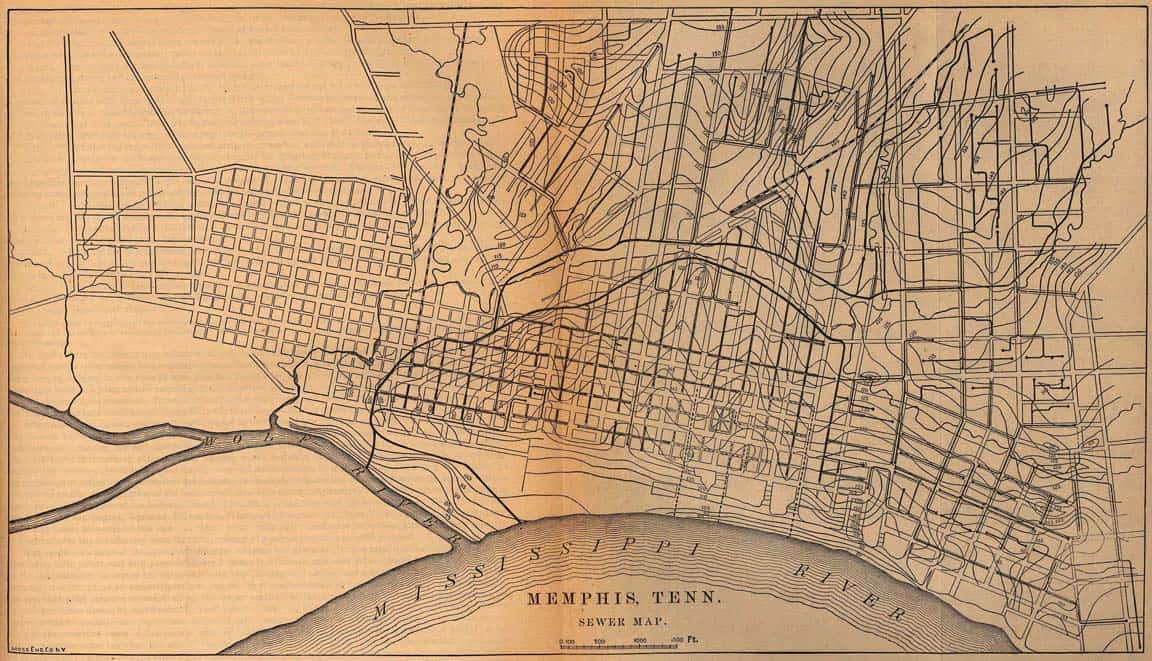
NATIONAL BOARD OF HEALTH
The Original Outhouse Patrol
Memphis, Yellow Fever and “The Great Bottle Treasure Map of 1880”
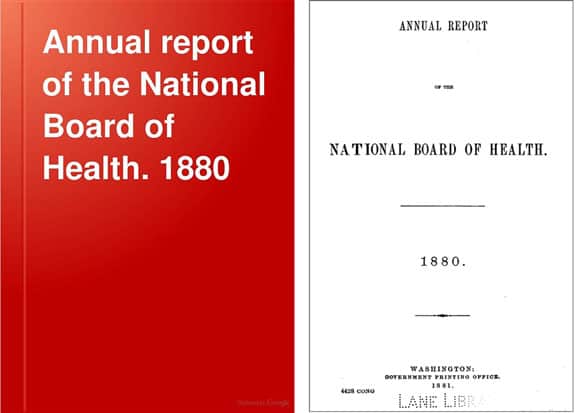
Link above to Report On Sanitary Survey of Memphis, TN See Pages 416-441
I guess I have always been a researcher, as a kid I would take the family maps and atlases to the “john” to research and dream about some far away place. In my 20’s I began using metal detectors, I researched old homesteads and amusement parks to hunt for coins, with mixed results. Some years later I began water hunting in Clear Lake, and Okoboji in Iowa, I had shifted to scoops, screens and underwater metal detectors by this time.
Metal detectors did work well, at least in swimming areas (8 gold rings in one day was my best haul). But not gold, no grub, so after a streak of about 30 sterling rings in a row with no gold, a local welder fabricated a rectangular metal basket with half inch mesh in the bottom and stainless steel cutting blades. We attached a 5 foot (later 10 foot) T Handle and waded into Clear Lake alongside the 1870’s dock area at the end of Main street.
Success was almost immediate, in an area metal detectorists had shunned as being “to junky”, up from the bottom came Silver Dollars, half dollars, change of all sorts, trade tokens, watches, brooches, coin purses, some great costume jewelry, (a belated thank you to all of the women who kept me in beer money!), intact pieces of flow blue china, and more than a few bottles…Sometimes the bottles came up in the scoop, other times they just floated to the surface. The “floaters” all had plant growth inside, once loosened from the lake bottom by the scoop they magically appeared. Divers tell me gasses generated by the vegetable matter are responsible.
Over the next few years I gravitated to the hunt for bottles, while appreciating the history, I am not a collector, I just love the hunt and the research. So most everything was sold, collectible glass turned into gasoline. Like the old prospector told the reporter after finding his gold mine, “Well, I just sold it so I can go find another”!
COURTHOUSE RESEARCH
While living in Las Vegas, Nevada members of the bottle club began digging in the old town of Pioche, Nevada where the boom lasted from about 1869-1872. While a number of histories had been written on Pioche, nobody knew where all of the saloons, hotels, and other sites were. But, I wanted to know! I wandered down to the Lincoln County Courthouse with no background in research, but managed to find business license receipts, treasurers books, and other sources. Nothing had been thrown away, I got lucky.…I was able to put together a color coded map of the business district, it was on the job training, but I learned how to research.
ONLINE RESEARCH
When I was exposed to NewspaperArchive.com I was off to the races. Keyword searches were indeed the key….I tried various searches to find out where bottles might be hidden. For example, cellar filled, dump (actually a more modern term and returns were limited), privy attached, refuse, trash and other terms, I did find info, but most of these terms never made the paper………and then came Google Books!
Less than 5 years ago, I believe, Google spent about $5,000,000 or more to scan many book that are in the public domain, such as Canal Commissioners Reports, Philadelphia Common Council, Boards of Health, City Ordinances, and many others. So this time, instead of a few hits as on a newspaper search, I got many hits just by trying privy, privies, water closet, well condemned and many others. The medical profession was researching causes of diseases such as cholera, diphtheria, and yellow fever.
In a numer of journals I found maps, suspect wells that were found to be contaminated, they showed the privies, often close to the well…..I started getting returns for ordinances: Brooklyn, Philadelphia, Keokuk, many other cities, some very revealing, at least for a bottle digger, “No privies over 2 feet deep” says the New Orleans ordinance of 1877. Privies must be attached to the dwelling, says the Savannah, Georgia code from 1831-1871. What? I new some were attached, but mandated? Many other diggers told me they were usually out back….I was beginning to doubt they were usually “out back” very often, at least in the more densely populated areas of cities…….The crowded tenements and the main business areas.
I continued searching, gathering enough ordinances to put together what I thought would be a pretty nice article. One day I was trying the phrase “ Memphis Privies” from a 1880 National Board of Health report: Total Number of Privies: 5,914. Was this the Holy Grail of bottle diggers? 6,000 privies, bitters, whiskies, sodas, pontiled stuff? It could be!
“The Great Memphis Bottle Treasure Map of 1880”
Yellow fever struck Memphis, Tennessee in the summer of 1878. Before the frosts came in October half of the city’s population of 50,000 had fled, 5,000 were dead, and many thousands more had been infected, but survived the mosquito borne virus.
In 1878 there was no sewer system, animals were left rotting in the streets. Memphis was named the most unhealthy city in America with the US Surgeon General calling it a national disgrace. Visitors to the city reported the stench was so bad you could smell it from 5 miles away.
Congress created the National Board of Health (1879-1883) in the Summer of 1879. No one knew the cause of yellow fever, but the Board attempted to find it. One of it’s first large projects was to organize a “Sanitary Survey” of the city of Memphis, “ including a careful house to house inspection”.
Careful is a bit of an understatement, as we can see from the sample inspection sheet below. The inspection sheet contained location, condition, and dimensions of the privies, when they inspected basements they also looked for locations of older privies that had been filled….One part of their report indicated some basements contained 1 to 5 old privy sites “Covering a span of a quarter century”.
NATIONAL BOARD OF HEALTH
1879
Sanitary Inspection of Memphis
- Ward__ Street_____No_____
- Owner or owners___________
- Area of lot____ of house____ out houses____
- Age of house____ material____
- No of stories____
- Cellars and basement____
- Rooms and passages____
- Sinks drains and cesspools____
- Privies or water closets location and condition____
- Yards____
- Hogs or other animals____ fowls____ No ____where kept____
- Public nuisances on or near premises____
- No of families in house____ names of heads of families_________ No of persons in each specifying No of whites_____ and blacks____
- Sickness now in house what diseases____
- Any sickness during past year____ what diseases____ No of cases____
- Any deaths during past year____ what diseases____
- Water supply____ sources of____ and sources of contamination____
- Presence of possibly infected material________
- Sanitary needs and estimated cost ____
The above is correct as personally examined by me this____ day of____ 18____
Refer to directions often
Inspector______________
Fifty such sheets were put together forming a memorandum book on the back of which was printed the following;
DIRECTIONS
The figures below refer to the corresponding numbers on the other side
See above
1. and 2. Give the exact and full name of the owner or owners of the estate. Give the street and number and describe the location so that it cannot be mistaken
3. Give dimensions of sheds privies stables &c with their relations to living room
5. Examine cellars very carefully and describe their condition particularly with regard to dampness amount and kind of filth ventilation &c
7. Is there any offensive smell from the sinks Are the pipes or spouts watertight Are there any traps to prevent foul air from coming into the rooms Are the spouts broken leaky and filthy Are the sink drains clogged or uncovered Are the cesspools tightly covered and clean Do the cesspools leak into the cellar or into the well
8. Privies and vaults Describe their condition particularly Are they full or running over Are they filthy Is the vault tightly covered Do they smell badly Do the vaults need emptying
9. Describe particularly the kind and amount of all heaps of filth about the premises and the general condition of the yards
11. Public nuisances as sewers stables offensive manufactories &c
12. Note overcrowding
13. 14 15 Inquire particularly
Ward 1 Survey See Page 167 (see above link)
The first ward, the oldest part of the city, was selected for the first set of inspections. This is the area bounded north by Auction street south by the alley between Exchange and Market streets east by Main street and west by the navy yard.
“a force of twenty six men subsequently increased was put into the field on Monday November 24, These were paid at tho rate of two dollars per day and worked in ward squads each ward under the immediate charge of a sanitary inspector detailed by the National Board of Health. These men were furnished with fifty foot measuring tapes, two foot rules, lanterns ,indelible pencils, and printed forms for returns” NOTE: These guys were the original outhousepatrol!
“Within the area described there are 154 occupied dwelling houses, 20 unoccupied, 3 saloons, 5 junk shops, boarding houses and saloons, 3 negro boarding houses and saloons, 7 tenement houses, 2 barber shops, 1 colored Baptist church, 1 ironworks, 1 lumber yard, 2 blacksmith shops, 1 beef market, 2 large … there are 65 cellars reported greatest depth eight feet…. 32 contain privy vaults all foul not covered varying in depth from twenty to forty five feet Outhouses (the word, at least in 1880, had no connection with privies) 72 comprising wooden sheds summer kitchens stables and cow sheds.”
Most privies were located where?
INDOORS or ATTACHED!
The were 192 inspections (referring to lots I believe) made in the first ward ………“Privies 184 of which 32 are in cellars …48 in the other parts of the houses with vaults beneath…… 48 adjoining houses and the remainder in the yards at distances of from three to forty feet from living rooms 23 houses without privies the occupants using neighboring ones.” The math says exactly 2/3 of the privies were in, under, or attached to the buildings! Others were very close.
In addition, in the two principal business wards of the city, the third and fourth, more than one third of the buildings were found to have privy vaults in cellars or basements. Many of these buildings are upwards of twenty years old and the cellars contain from one to five vaults each the accumulations of an average of a quarter of a century being imperfectly covered over with ashes or earth.
The following is a general summary of the house to house inspection at Memphis Tenn 1879 – 80
Total number structures and premises inspected 12,096
structures – 10,873
vacant lots – 1,218 cemeteries – 5
Total number structures inspected – 10,873
dwellings including 535 with stores or shops attached – 6,386
outhouses – 3,617
stores and office buildings – 48
churches – 51
halls theaters hotels and public buildings – 39
manufactories mills and works – 35
academics and private schools – 22
livery stables and stock yards – 21
cotton presses gins oil mills &c – 17
public schools – 11
public markets and slaughter houses – 6
hospitals and charities – 5
railroad depots and grounds – 5
fire engine houses – 3
jail station and poorhouse – 3
gas and water works – 2
United States Government building – 1
Total number buildings stores dwellings schools &c excluding public building &c as well
as out houses – 7,202
of wood – 5,223
brick – 1,778
wood and brick – 187
stone – 13
iron – 1
under 5 years old – 793
between 5 and 10 years old – 1,731
over 10 years old – 4,678
sub ventilation good – 2,204
bad – 2,030
none – 1,453
with cellars – 891
basements – 624
Total number cellars and basements – 1,515
6 feet deep or less – 342
7 to 8 feet deep – 768
9 feet deep and over deepest 20 feet 405
Total number privies 5,914
under house – 451
adjoining house – 165
within 10 feet of house – 367
between 10 and 50 feet from house – 3,226
over 50 feet from house – 1,705
Total number water closets – 398
Total number urinals – 153
Total number cisterns and wells – 4,744
within 10 feet of privy – 369
between 10 and 50 feet of privy – 3,039
over 50 feet from privy – 1,336
According to the above census of privies, 16.6% of the total numbers, City Wide, were inside, alongside, or within 10 feet. As the ward one survey shows, most privies were close, very close. Main business district examinations which was ward 3 and 5, show more than 1/3 of buildings had privies associated with basement or cellars.
Not only were privies in the commercial district close on board, they were DEEP. Memphis ordinances enacted in 1857 and 1873: It shall be a misdemeanor to construct a vault or privy less than fifteen feet deep.
So, when the smoke, or in this case the smell, had cleared,ninety six folio volumes of inspection returns covering 9,508 inspections have been paginated indexed and grouped by wards in such a manner as to make instant reference to the original inspection of any locality possible Tho tabulation of the returns fills four royal folio volumes containing 170,433 different entries. On these sheets it is believed every structure and individual lot of ground within the corporate limits of Memphis is succinctly described with its sanitary history at the date of the inspection.
THE NATIONAL ARCHIVES
Early in 2011 we hired a professional researcher to hunt the National Archives in an attempt to find all of the data from the Memphis survey. The National Board of Health was eliminated in 1883 after funding was cut off by congress.
The log books from the National Board of Health were locate in the Archives, and it showed that records from the survey were logged in at the Board of Health. Over 170,000 entries covering the above 9,508 inspections of different sites.
This survey generated a large amount of paper, but a blip compared to the Archives. Destroyed, misfiled, or whatever, to this point at least, it is missing. Some copies apparently went to State Agencies in Tennessee,….the Yellow Fever Museum in Memphis had no knowledge of them, the Tennessee State Archives also does not hold them.
Do They Exist?
The log book from the Board did make it to the Archives, so there is a reasonable chance, they exist, but the jury is still out.
What else was learned?
This was the only thorough sanitary survey conducted prior to 1900 that logged locations of about 6,000 privies….they were located under floors, in the cellars, attached to the buildings. Of the approximately 200 houses or stores in Ward 1, exactly NONE had a privy more that 40 feet away!
In these same report it was stated that Ward 3 and Ward 5, one third of the buildings, in this, the main business district, had privies in cellars or basements. Unsure what percentage of buildings had basements in those wards, but in Ward 1 it was at 33%, and almost half had privies. Sanborn Fire Insurance Maps should answer a few of these questions.
The Baltimore Sanitary Survey, done shortly after Memphis was surveyed, showed many privies attached or in the basement. No count of privies in that study, be still very revealing.
Where else should we search?
Many of the same areas we had already hunted, we missed privies because our search failed to cover the entire area. (Hunting “out back” did make sense at the time), but the Memphis study shows in some areas 2/3 of the privies are “Up Front” and seldom way “Out Back”. Half of Memphis basements in Ward 1 had privies. How many dirt cellars still exist in the Eastern state? In big cities probably not many. In the Western mining areas they may still be dirt to some extent. If boom time had come and gone by 1900 or so, some the cellars should be dirt.
The hunt continues!
Reg Shoeman
outhousepatrol@yahoo.com
Read More: Strong clues as to depth and location of Baltimore privies
Read More: Ordinances Regulating Location, Depth, etc. of Urban Privies
Read More: Collector Rights
 Ferd, how about you doing a small article with pictures on Peachridge about the bitters from my home town, Lancaster, Ohio. “Henry C. Weavers Mexican Bitters 1866, Lancaster, Ohio”.
Ferd, how about you doing a small article with pictures on Peachridge about the bitters from my home town, Lancaster, Ohio. “Henry C. Weavers Mexican Bitters 1866, Lancaster, Ohio”. ![]() Well, I think we can handle that. This is a super bitters that is much tougher to find than the Constitution Bitters with the similar form from Buffalo, New York. I found my example (pictured at the top of the post) at the FOHBC 2009 National Antique Bottle Show in Pomona, California in August 2009. It only comes in amber though.
Well, I think we can handle that. This is a super bitters that is much tougher to find than the Constitution Bitters with the similar form from Buffalo, New York. I found my example (pictured at the top of the post) at the FOHBC 2009 National Antique Bottle Show in Pomona, California in August 2009. It only comes in amber though.

